The Italy! Mamma Mia! Blog
Welcome to the ItalyMammaMia Blog, your ultimate guide to the latest Italian news and everything Italy has to offer! As the founder and curator, I, Maria, am thrilled to share with you the passion and love I hold for this extraordinary country.
At ItalyMammaMia, we aim to bring you not only the latest news from Italy but captivating articles and stunning visuals that showcase the beauty and charm of Italy. From picturesque landscapes to mouthwatering recipes and invaluable travel advice, our content covers a wide array of topics to inspire your next Italian adventure.
Moreover, we provide you with essential information and resources to ensure that your trip to Italy is nothing short of exceptional. From practical travel tips to insider recommendations, we strive to equip you with everything you need to make the most out of your Italian journey.
So, come along and immerse yourself in the beauty, culture, and allure of Italy—let's make unforgettable memories together!
Jun 19, 2025
Italy is Number One!
Italy has just been voted the best country in the world! 🌍✨And honestly… who’s surprised? From food to fashion, history to hospitality—Italy simply has it all.
Here’s the official Top 10:
1️⃣ Italy
2️⃣ Slovenia
3️⃣ Switzerland
4️⃣ Spain
5️⃣ New Zealand
6️⃣ Australia
7️⃣ Japan
8️⃣ France
9️⃣ Canada
🔟 Norway
Whether you’ve wandered the streets of Florence, sipped wine in a Tuscan vineyard, or watched the sun set over the Amalfi Coast… you know. Italy gets under your skin—in the best way.
Timeless, beautiful, unforgettable. Viva l’Italia!
Jun 19, 2025
The Most Famous Italian Songs of All Time:
A tribute to Italy’s most famous songs—iconic voices, unforgettable melodies, and music that captures the spirit of la dolce vita.
Continue reading "The Most Famous Italian Songs of All Time:"
Jun 13, 2025
American Arrested for Murders in Rome
It’s a story that has deeply unsettled Rome.
This week, the bodies of a young American mother and her baby daughter were found in Villa Pamphili, one of Rome’s most loved green spaces. Known for its peaceful walking paths, pine trees, and weekend family picnics, Villa Pamphili is the last place anyone would expect to be the scene of a tragedy.
The victims—both American citizens—were discovered over the weekend. The baby is believed to have been murdered, while the circumstances surrounding the mother's death remain unclear and are still being investigated. What we do know is that both lives were cut heartbreakingly short.
Now, in a dramatic twist, the man suspected of the killings—also an American—has been arrested in Greece, on the island of Skiathos. Italian authorities had been working closely with their Greek counterparts to track him down. He is now in custody as investigations continue.
At this stage, many questions remain unanswered: What was the relationship between the man and the victims? Was this a planned attack or something that escalated? Why were they in the park that day? And, most importantly, what truly happened?
Prosecutors in Rome are expected to provide more information soon, including at a press conference scheduled for later today.
In a country where family, motherhood, and childhood are held so dearly, this story has shaken people to the core. As Italians, we grieve for the mother and child who came to our country and met such a fate. And we wait, with heavy hearts, for justice and for clarity.
For now, Villa Pamphili, usually full of life and joy, is quieter than usual—a beautiful place marked by sorrow.
Jun 04, 2025
Walking the Ancient Viaduct of Perugia: A Secret Path Through History and Rooftops
One of the most unexpected and enchanting surprises I’ve come across in Italy is the viaduct walk through Perugia. It’s not something that shows up on every travel list, but believe me—this stroll is pure magic.
The viaduct, officially known as the Ponte del Vecchio Acquedotto, was once part of a 13th-century aqueduct system that carried water from the countryside into the city. Today, it’s been transformed into a peaceful, elevated walkway that winds its way right through the rooftops and quiet corners of the medieval city. Imagine walking on what feels like a secret path above Perugia’s alleyways, with panoramic views peeking between ancient stone houses and tiled roofs.
What makes this walk so special is the atmosphere. It’s not touristy or crowded—locals still use it to get from one part of the city to another. Students from the nearby university wander along chatting, couples pause to take in the views, and it’s all so beautifully unspoiled. There’s a gentle rhythm to it—just the sound of footsteps on stone and the soft hum of Perugia life below.
Start your walk near Piazza Cavallotti, and follow the viaduct as it curves toward Via Appia. Along the way, you’ll catch glimpses of gardens, bell towers, and courtyards, all framed by that golden Umbrian light.
If you’re planning a visit to Perugia, don’t miss this. It’s a reminder of how the everyday in Italy can be extraordinary—history, beauty, and a little bit of mystery, all rolled into one quiet, breathtaking walk.
Jun 02, 2025
Best Things to Do in Ljubljana – Culture, Castles & Cafés
From dragon bridges to art-filled streets, Ljubljana is full of surprises. Find out the best things to do and see in Slovenia’s delightful little capital.
Continue reading "Best Things to Do in Ljubljana – Culture, Castles & Cafés"
May 30, 2025
Unveiling Italy: 21 Fascinating Facts You Didn't Know!
1. Italy is home to the world's oldest university, the University of Bologna, founded in 1088.
2. The Fiat car brand, one of Italy's most famous, was established in 1899 in Turin.
3. Italy is the world's largest producer of wine, producing over 50 million hectoliters annually.
4. The country has more UNESCO World Heritage Sites than any other country, with 58 sites.
5. Italy is home to Europe's only three active volcanoes: Mount Etna, Stromboli, and Mount Vesuvius.
6. The oldest known cookbook in existence, "Apicius," dates back to ancient Rome and contains recipes from Italy.
7. The world's first bank, Banca Monte dei Paschi di Siena, was founded in 1472 in Siena, Italy.
8. Italy is the birthplace of opera, with the first opera performance, "Dafne," taking place in Florence in 1598.
9. The country is famous for its high-quality fashion industry, with Milan being one of the world's fashion capitals.
10. Italy has the highest number of cultural events and festivals organized annually, reflecting its rich cultural heritage.
11. The Italian language has influenced many other languages worldwide, including English, due to Italy's historical significance.
12. Venice, built on a series of islands, has over 400 bridges, making it one of the most unique cities in the world.
13. The town of Campione d'Italia, surrounded by Switzerland, is an Italian enclave known for its casinos.
14. The concept of the Renaissance, a period of great cultural and artistic achievement, originated in Italy.
15. Italy is home to the world's smallest independent state, Vatican City, located within Rome.
16. The iconic Roman Colosseum, built in AD 70-80, is the largest ancient amphitheater ever built and could hold up to 80,000 spectators.
17. The first modern banknotes were issued by the Bank of Sicily in the 13th century, predating the invention of paper money in China.
18. Italy has the highest number of archaeological sites in the world, reflecting its rich history and cultural significance.
19. The city of Naples is home to the world's first known pizzeria, Antica Pizzeria Port'Alba, established in 1738.
20. Italy is known for its diverse regional cuisines, with each region boasting its own specialty dishes and ingredients.
21. The country has a unique tradition of aperitivo, where people gather for pre-dinner drinks and snacks, fostering socializing and relaxation.
May 06, 2025
Venice Says Goodbye to Iconic Grand Canal Landmark
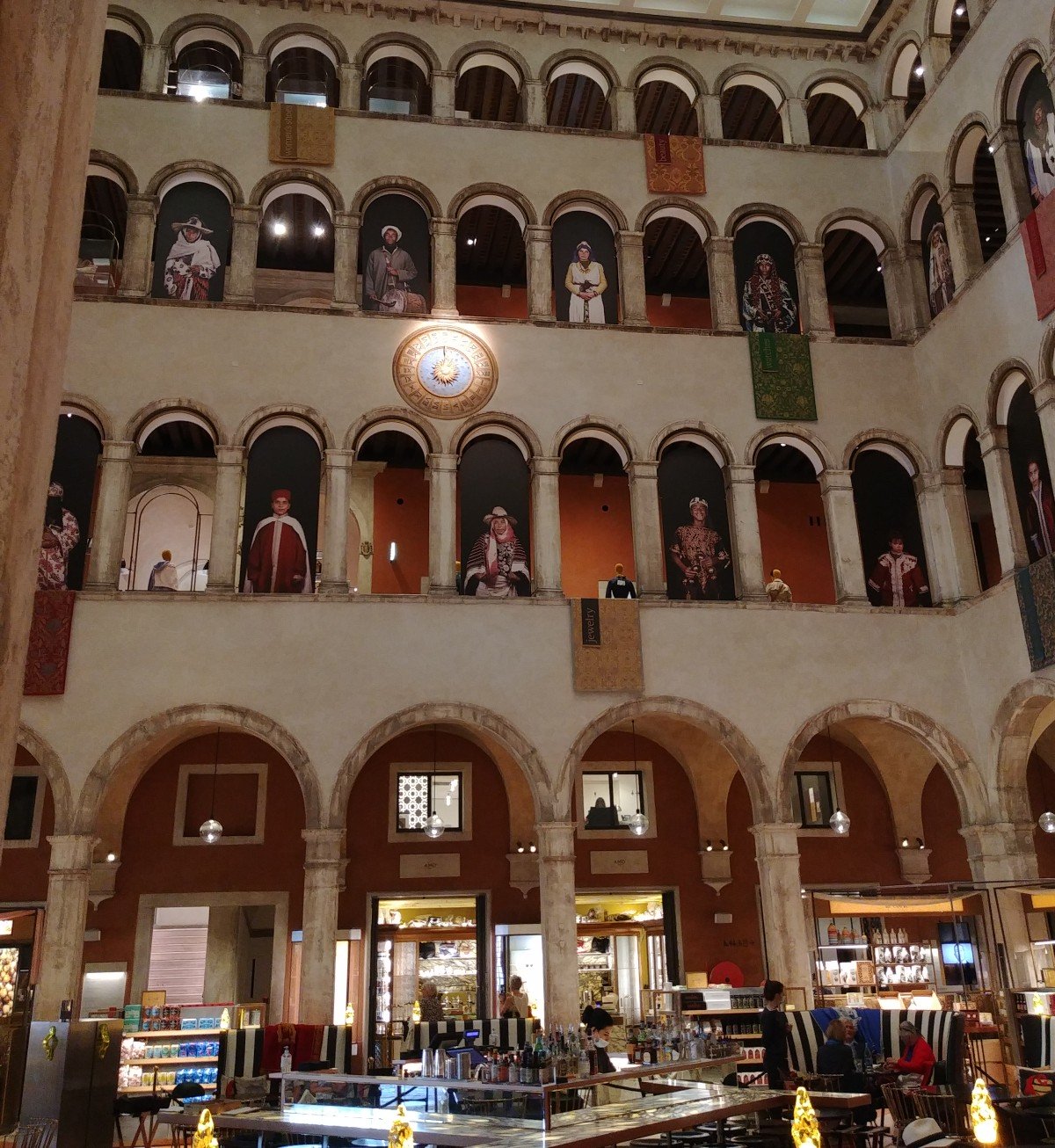
It’s a sad moment for many of us who love Venice. After just nine years of welcoming the world, the Fondaco dei Tedeschi, that grand old building near the Rialto Bridge, has closed its doors. I still remember walking through those luxurious halls, soaking in the elegance and beauty—then stepping onto the rooftop terrace to take in one of the most stunning views in all of Venice. The Grand Canal glittered below, gondolas gliding past as the city unfolded in all directions. It was magic.
The building itself has such a long story. Once home to foreign merchants centuries ago, then the city’s main post office, it became a symbol of Venice’s ability to reinvent itself—this time as a luxury shopping destination. But in late 2024, the international company that ran it announced they wouldn’t renew the lease. They’ve now shut down operations across Italy, and the staff—over 180 people—are out of work.
There was a farewell party, but it couldn’t hide the sadness. The workers will be finishing the process of removing everything from inside, and unless new homes are found for the furnishings, much of it could be destroyed. The building will soon stand empty again, its fate uncertain.
Still, Venice has a way of enduring, even when things change. I only hope a new chapter awaits the Fondaco—one that respects the building’s history and gives Venetians and visitors alike another reason to look up at that glorious skyline and smile.
Apr 18, 2025
Explore the top things to do in Trieste—Italy’s coffee capital
There’s no shortage of things to do in Trieste: wander ancient castles, sip espresso where writers once did, and soak up the sea breeze. Here's your guide.
Continue reading "Explore the top things to do in Trieste—Italy’s coffee capital "
Apr 16, 2025
Bialetti Sold to Chinese Investment Firm: A New Chapter for Italy’s Iconic Moka Maker
In a move that marks the end of an era for Italian coffee lovers, Bialetti—the historic brand behind the iconic moka pot—has been acquired by Nuo Capital, a Hong Kong-based investment fund backed by a prominent Chinese family. The news has stirred strong emotions in Italy, where the Bialetti moka is more than just a coffee maker—it's a symbol of home, tradition, and daily ritual.
Founded in 1933 by Alfonso Bialetti, the company revolutionized coffee culture with its simple yet brilliant design. The octagonal aluminum pot became a staple in nearly every Italian kitchen and gained worldwide popularity. Despite its legendary status, Bialetti has faced financial difficulties in recent years, struggling to adapt to changing consumer habits and the rise of capsule machines and espresso bars.
Nuo Capital’s acquisition brings fresh hope for the brand’s revival on a global scale. The firm has expressed its commitment to honoring Bialetti’s heritage while expanding its reach in Asian and international markets. The goal is to breathe new life into the moka pot, modernize the product line, and potentially reach a new generation of coffee enthusiasts.
While many Italians are saddened to see a national treasure pass into foreign hands, others remain hopeful that this change will preserve the legacy of Bialetti rather than let it fade. In a time when so many traditional brands struggle to survive in a fast-changing market, strategic partnerships like this one may be necessary to ensure their stories continue.
Bialetti may no longer be Italian-owned, but its place in Italy’s cultural and culinary heart remains unshaken—one moka at a time.
Apr 01, 2025
Venice to Build Skyscraper and Roads to Accommodate Tourists?
In a groundbreaking (and water-draining) decision, Venice has unveiled plans to construct a towering skyscraper near the iconic Santa Maria della Salute church. The move comes in response to the ever-growing influx of tourists, with city officials stating that “modern problems require modern solutions.” The new Veneto Vista Tower will stand at an impressive 300 meters, offering panoramic views of the lagoon and ensuring that every visitor gets the best selfie angle possible.
But that’s not all—Venice is also set to introduce something never before seen in its 1,600-year history: roads. To ease congestion and accommodate vehicles, several smaller canals will be drained and converted into scenic roadways, allowing tourists to enjoy the city from the comfort of their rental cars.
A test road, tentatively named the Canal Grande Expressway, is already in the planning stages, with engineers looking into the best way to pave over centuries of history. Reports suggest that one particularly scenic route will be lined with ponds filled with the rare and elusive pesce d’Aprile, a fish said to appear only on the most unexpected occasions.
City officials believe this initiative will make Venice more accessible to modern travelers. “Why should visitors only experience Venice by boat? Now they can do a proper road trip through the world’s most beautiful city,” one representative stated.
Plans even include a possible gondola lane alongside the new roads to maintain a sense of tradition.
Naturally, reactions have been mixed. While some hoteliers and travel agencies have praised the project as a “bold step into the future,” conservationists are less enthusiastic. Protesters gathered in St. Mark’s Square this morning, chanting slogans like “Keep Venice Floating!” and waving banners that read, “No to the Grand Canal Parking Garage! we are not Fools”
Construction is set to begin on April 1, 2026, with city planners aiming for full completion within a decade. “By 2036, Venice will be the most car-friendly floating city in the world,” one official proudly declared. Special parking permits will be required.
For those eager to witness Venice as it is today, experts recommend visiting soon—before the gondolas are replaced by traffic lights and toll booths.
Mar 28, 2025
Venice Entrance Fee to DOUBLE
In 2025, Venice will extend its tourist entry fee policy to manage overcrowding.
Following a pilot phase in 2024, the city will increase both the number of applicable days and the ticket price.
Starting on April 18, 2025, tourists visiting the city for a day will need to pay an entry fee on 54 days of the year, including weekends and public holidays. The fee applies from 8:30 a.m. to 4:00 p.m. on designated dates.
For those who book their visit at least four days in advance, the charge will be €5.
However, for tourists who book late or do not reserve at all, the fee will rise to €10.
The goal is to reduce day-tripper crowds and protect Venice's delicate infrastructure, while encouraging overnight stays, which are exempt from the fee.
Venice’s authorities, including the city’s tourism councillor, Simone Venturini, emphasize that the measure aims to limit the overwhelming number of day visitors, especially during peak periods.
Although the initial phase did not drastically cut visitor numbers, the city hopes the higher fee in 2025 will have a more significant impact. By promoting earlier bookings and higher charges on busy days, the city aims to create a more sustainable tourism model and preserve Venice's unique heritage.
For more details on this initiative, you can visit the official Venice tourism site below, where it says Continue reading...
Mar 26, 2025
Venice Tourism - Getting Away From the Crowds
Venice is not only the Bridge of Sighs and St Marks Square. There is a whole lot more. Join me, Maria, exploring the Venetian wonders few ever discover.
Continue reading "Venice Tourism - Getting Away From the Crowds"
Mar 25, 2025
How to Tour the Entire Amalfi Coast for Under $20
The Amalfi Coast is a dream destination—cliffs plunging into a shimmering blue sea, pastel-colored villages clinging to the hills, and roads winding through some of the most breathtaking scenery in the world. But here’s a secret: you don’t need a luxury car or a private tour to experience it all. For under $20, you can explore the entire coastline using the SITA Sud bus—and the journey is just as thrilling as the destination!
The Route: Sorrento to Salerno
Start in Sorrento, where you’ll board the SITA Sud bus heading toward Positano and Amalfi. A 24-hour ticket costs around €10 ($11), and with it, you can hop on and off along the route. The SS163 road, also called the Amalfi Drive, is one of the most scenic coastal roads in the world, hugging the cliffs as it snakes past tiny coves, lemon groves, and villages seemingly suspended between sky and sea.
In Positano, pastel houses cascade down to a pebbly beach, offering postcard-perfect views at every turn. Further along, Amalfi greets you with its grand Duomo di Sant’Andrea, charming piazzas, and seaside cafés.
The Hidden Gem: The Branch Line to Ravello
From Amalfi, don’t miss the short but spectacular branch line to Ravello. This lesser-known bus ride climbs high above the coast, offering jaw-dropping views of the Tyrrhenian Sea and lush, terraced hills. Once in Ravello, wander the Villa Rufolo and Villa Cimbrone gardens, where panoramic terraces make you feel like you’re floating above the coastline.
Final Stop: Salerno
Continue your journey to Salerno, a vibrant port city with a stunning waterfront promenade. The entire trip, with stops along the way, costs less than $20, proving that magic doesn’t have to come with a high price tag.
So, grab a SITA bus pass, a camera, and a sense of adventure—the Amalfi Coast awaits!
Continue reading "How to Tour the Entire Amalfi Coast for Under $20"
Mar 17, 2025
Rome & Amalfi Coast Itinerary: Your Dream Italian Vacation is Ready
Discover Italy’s best! Wander through Rome’s iconic landmarks, then escape to the Amalfi Coast for sun, sea, and stunning scenery—all in one trip.
Continue reading "Rome & Amalfi Coast Itinerary: Your Dream Italian Vacation is Ready"
Mar 13, 2025
Italians: Among the Most Tattooed People on Earth
When you think of Italy, you might picture ancient ruins, mouthwatering cuisine, and high fashion. But did you know that Italians are also some of the most tattooed people in the world? That’s right, Italy has one of the highest percentages of tattooed individuals, surpassing even countries like the U.S. and the UK.
The Rise of Tattoo Culture in Italy
Tattooing has a long history in Italy, dating back to Roman times when soldiers and slaves were often inked for identification. However, in modern Italy, tattoos are no longer a mark of status but a personal expression of identity, art, and passion. Over the past few decades, tattoo culture has exploded, with Italians embracing ink as a mainstream form of self-expression.
How Many Italians Have Tattoos?
A study by the Istituto Superiore di Sanità found that nearly 48% of Italians aged 18 to 35 have at least one tattoo. Among the general population, around 30% of Italians sport body art—one of the highest rates in Europe! The popularity is particularly strong among young adults and women, with women actually outnumbering men when it comes to getting inked.
Why Are Tattoos So Popular in Italy?
There are a few reasons behind Italy’s love for tattoos: - Artistic Expression: Italy has a rich artistic heritage, and many Italians see tattoos as a way to showcase their creativity. - Symbolism & Tradition: Many tattoos feature religious imagery, family tributes, or references to Italian heritage. - Celebrity Influence: Footballers, actors, and musicians have made tattoos more socially acceptable and desirable.
The Best Places in Italy for Tattoo Lovers
If you’re thinking of getting inked in Italy, you’re in luck! Cities like Milan, Rome, and Florence are home to some of Europe’s best tattoo artists, many of whom blend classic Italian artistry with modern tattoo techniques.
So next time you visit Italy, take a look around—you’ll notice that body art is just as much a part of Italian culture as espresso and aperitivo!
Mar 10, 2025
Why Udine Should Be on Your Italian Travel List
Udine will surprise you! Medieval castles, cozy trattorias, and local wines make this Northern Italian city a must-visit destination.
Continue reading "Why Udine Should Be on Your Italian Travel List"
Mar 07, 2025
Arancino or Arancina? The Great Sicilian Showdown
Sicilians can agree on many things—like how their cannoli are the best and how driving in Palermo is a test of nerves—but when it comes to their beloved fried rice balls, a fierce battle rages. Is it arancino or arancina?
If you’re in Catania, it’s arancino (plural: arancini), shaped like a cone, supposedly in honor of Mount Etna. If you say arancina in Catania, expect raised eyebrows and a lecture. Meanwhile, in Palermo, it’s arancina (plural: arancine), round like the oranges it’s named after. Suggesting arancino in Palermo? Prepare for a long, impassioned debate—and possibly exile.
Even linguists wade into this, with the Accademia della Crusca ruling in favor of arancina—but try telling that to a Catanese! To make matters worse, the argument has even reached Parliament, proving that in Italy, food is more serious than politics.
So, what’s the right answer? Simple: if you’re in Palermo, say arancina. In Catania, say arancino. And if you’re lucky enough to be in Sicily, just eat them and smile—because whatever you call them, they’re absolutely delicious.
Feb 20, 2025
7 Stunning Italian Coastal Towns You Must Visit This Year
Dreaming of Italy? Visit these 7 coastal towns for stunning views, charming streets, and the best seaside escapes. A must-visit for any Italy travel lover!
Continue reading "7 Stunning Italian Coastal Towns You Must Visit This Year"
Feb 14, 2025
Here are 7 reasons to end the Venice Carnival:
1. It’s Not as Historic as People Think
While often marketed as an ancient tradition, the Venice Carnival in its current form was revived in the late 20th century for tourism. The original carnival was banned in 1797 and remained forgotten for nearly two centuries.
2. It Hardly Involves Locals
Most Venetians don’t participate in the event. It’s primarily designed for tourists, with expensive costume rentals, ticketed masquerade balls, and overcrowded streets making daily life difficult for residents.
3. Mass Tourism Overload
The event attracts millions of visitors, overwhelming Venice’s fragile infrastructure. Narrow streets and canals become packed, turning the city into an unmanageable spectacle.
4. Rising Costs for Venetians
Carnival drives up the cost of rent, food, and services, making it harder for locals to live in their own city. Many businesses now cater solely to tourists.
5. Environmental Damage
More tourists mean more boats, more waste, and more strain on Venice’s delicate lagoon ecosystem. With the city already sinking, the last thing it needs is another massive influx of people.
6. It’s Just a Costume Party for Tourists
Carnival used to be about social satire and freedom. Today, it's little more than a glorified photoshoot for tourists in rented costumes with little connection to Venetian culture.
7. Venice Needs Sustainable Tourism, Not Gimmicks
Instead of one-time events that overwhelm the city, Venice should focus on sustainable, year-round tourism that respects local life and history.
Should the Venice Carnival continue, or is it time to move on?
Feb 10, 2025
Visiting Burano Island - A Mini-Venice Colored Bright
When the crowds of Venice start getting on your nerves and your mood turns grey that's when you need to color your life bright... with a Burano island visit.
Continue reading "Visiting Burano Island - A Mini-Venice Colored Bright"
Jan 13, 2025
Top 10 Iconic Italian Companies and Their Locations
Italy, a country renowned for its art, fashion, and engineering brilliance, is home to some of the world’s most iconic companies. From luxury fashion to cutting-edge automobiles, these Italian brands represent excellence and innovation. Here’s a closer look at the top 10 Italian companies and their locations:
MSC (Mediterranean Shipping Company) – Founded in Naples, this global shipping and cruise giant is now headquartered in Geneva but retains strong ties to Italian ports, particularly Genoa.
Dolce & Gabbana – This legendary fashion house, established in Milan, draws inspiration from the vibrant culture of Sicily, where the founders have deep roots.
Illy – Based in Trieste, Illy is synonymous with premium coffee. Their rich blends and signature red logo are iconic in the coffee world.
Ferrari – Located in Maranello, Emilia-Romagna, Ferrari embodies luxury and speed, crafting some of the most sought-after sports cars on the planet.
Lamborghini – Just a short drive from Ferrari, Lamborghini operates out of Sant'Agata Bolognese, Emilia-Romagna, producing extravagant supercars that redefine performance.
Prada – Milan is home to Prada, one of the world's most prestigious fashion brands, known for its understated elegance and innovative designs.
Ducati – Bologna, Emilia-Romagna, is where Ducati produces its world-famous motorcycles, celebrated for their performance and Italian design flair.
Fiat – Headquartered in Turin, Piedmont, Fiat has been a cornerstone of Italy’s automotive industry for over a century.
Bulgari – Founded in Rome, this luxury jewelry brand is celebrated for its bold designs and impeccable craftsmanship.
Gucci – Originating in Florence, Gucci is a global symbol of Italian fashion, blending tradition with modernity.
Jan 07, 2025
12 Reasons to Move to Italy Now
Ready for a new chapter in your life? Discover 12 compelling Reasons to Move to Italy and immerse yourself in the beauty, culture, and joy of la dolce vita.
Jan 03, 2025
SCANDAL ROCKS The Pasta Ladies of Bari: A Tradition at Risk
In the heart of Bari’s old town, you’ll find nonne (grandmothers) sitting outside their homes, hands moving deftly to craft orecchiette, the beloved ear-shaped pasta. It’s a scene that captures the essence of Puglia—tradition, family, and the simple joy of Italian food. But behind this charming sight lies a scandal: some “handmade” pasta isn’t so handmade after all.
Recent claims suggest that a few vendors are passing off industrially-made orecchiette as artisanal. It’s a bitter blow to the authenticity that draws travelers to Bari’s winding stradine. While many of the women are genuine artisans, others reportedly sell factory-made pasta to cash in on eager tourists. The result? A heated debate in Bari and growing concerns about preserving this age-old tradition.
Local authorities are stepping in. Plans for official training courses and stricter health regulations are underway to ensure that pasta sold to visitors is the real deal. These measures aim to protect both the craft and the safety of buyers. However, some argue this risks sterilizing a beautiful, spontaneous tradition that has existed for generations.
If you visit Bari, support the true pasta artisans. Watch them work, buy a bag of orecchiette, and savor it knowing you’re helping keep an incredible heritage alive. Just be mindful of too-good-to-be-true deals and factory-made imitations—real craftsmanship takes time and love.
Bari’s pasta grannies are more than a tourist attraction; they are the keepers of a culinary legacy. Let’s hope this tradition not only survives but thrives for generations to come.
Continue reading "SCANDAL ROCKS The Pasta Ladies of Bari: A Tradition at Risk"
Jan 02, 2025
Venice always delivers!!!
I have been to Venice 16 times. (I live in Italy) and never tire of it. I love getting lost in the ever-winding streets and alleyways. There is so much
Dec 07, 2024
Six Things Never to Do With Spaghetti
Spaghetti is sacred in Italy, and there are unwritten rules about how to enjoy it. Break them, and you might get the look. Here’s what NOT to do:
1. Don’t Cut It!
Grab a knife and you’ll break an Italian heart. Spaghetti is meant to be twirled, not chopped into little worms. It’s not hard—just practice your forchetta (fork) skills and avoid the scissors!
2. No Ketchup Allowed!
Ketchup on spaghetti? No. Just no. Italians will stage an intervention if they see this. Stick to proper sauces—pomodoro, carbonara, or bolognese. Ketchup belongs with fries, not pasta.
3. Don’t Drown It in Sauce
Pasta should never swim. Italians believe in balance, with just enough sauce to coat each strand. If you’re pouring half a bottle on your spaghetti, you’re doing it wrong.
4. No Spoon Twirling
Americans seem to love this one, but in Italy? It’s a rookie move. Italians twirl their spaghetti against the plate—no spoon required. It’s elegant and avoids looking like you’re eating cereal.
5. Forget the Cheese on Seafood Pasta
Adding parmesan to spaghetti alle vongole (with clams) is a one-way ticket to culinary exile. Italians take seafood pasta seriously—no cheese allowed!
6. Never Break the Spaghetti Before Cooking
This one’s a biggie. Breaking spaghetti to fit it in the pot is pasta blasphemy. Use a bigger pot, and let the long strands soften naturally.
So, now you know. Spaghetti is an art form in Italy—respect it, enjoy it, and keep the ketchup far, far away! 😊🍝
Nov 28, 2024
Slow Down and Savor the Magic of Italy Through Stunning Photos
Grab a coffee, settle in, and explore these photos of Italy—a land where time slows, beauty surrounds, and every moment is meant to be cherished.
Continue reading "Slow Down and Savor the Magic of Italy Through Stunning Photos"
Nov 16, 2024
Where to Stay in Rome: The Best Rome Vacation Rentals
Looking for Rome Vacation Rentals? I've selected the best apartments in Rome for you. Here, the Dolce Vita begins the moment you walk through the door
Continue reading "Where to Stay in Rome: The Best Rome Vacation Rentals"
Nov 15, 2024
Caorle: Your Gateway to the Ultimate Italian Summer Adventure
On Venice’s doorstep, Caorle’s long sandy beaches, colorful streets, and lively summer vibe make it a must-visit destination for fun and relaxation. 🌊☀️
Continue reading "Caorle: Your Gateway to the Ultimate Italian Summer Adventure"
Nov 11, 2024
Discover the Best Hotels in Veneto-Maria's Handpicked Recommendations
From Verona to Venice, discover the best places to stay in Veneto—handpicked hotels and B&Bs I recommend with confidence based on my family’s local knowledge.
Continue reading "Discover the Best Hotels in Veneto-Maria's Handpicked Recommendations"
Oct 31, 2024
Paestum Italy: Your Guide to The Best-Preserved Greek Temples in Italy
Once a mighty city part of the Greek empire, Paestum Italy and it's archeological park is a UNESCO World Heritage Site you definitely want to visit.
Continue reading "Paestum Italy: Your Guide to The Best-Preserved Greek Temples in Italy"
Oct 19, 2024
Flying to Italy? Be Aware of this SCAM
Ciao a tutti,
It’s Maria here, and I’m writing today to share something that has unfortunately become all too common.
I’ve been hearing more and more stories about travelers being scammed when their flights are canceled, and yesterday, I experienced it up close.
Yesterday, while I was at Venice’s Marco Polo Airport, I met an elderly American couple. They were clearly upset and disoriented.
It turned out their Lufthansa flight from Venice to Washington had just been canceled, and only moments after the cancellation, they received a phone call. The caller claimed to be from the airline and told them that if they wanted to secure a seat on the next available flight, they had to pay €1,600 immediately. Only three seats were left, they were told, and payment had to be made through a link emailed to them.
Without much thought they complied. When they told me this story minutes later, alarm bells immediately went off in my head.
I knew something wasn’t right. I took them straight to the Lufthansa office in the airport, and as I suspected, Lufthansa had no record of any such payment. The airline was actually preparing to put the passengers affected by the cancellation in a hotel for the night, free of charge!
Luckily, the couple was able to contact their credit card company right away and stop the payment. But what’s troubling is how quickly the scammers acted. How did they get this couple’s contact information so fast? It leads me to believe there could be insiders at the airline or airport feeding details to these scammers the moment a flight gets canceled.
If you ever find yourself in a situation like this, be on high alert. Scammers are getting more and more sophisticated. Always verify any suspicious requests directly with the airline or at the airport counter, and never click on unsolicited links!
Stay safe and vigilant on your travels.
Con affetto, Maria
Oct 16, 2024
Are Italian Towns Charging Entry Fees Fair or a Rip-Off?
I wanted to share this Reddit thread with you about Venice charging visitors an entry fee: I get that overcrowding is an issue, but should we really be
Continue reading "Are Italian Towns Charging Entry Fees Fair or a Rip-Off?"
Sep 25, 2024
An Italian town with an Irish soul.
Casalattico, a charming little village in the hills of Frosinone, has a special connection with Ireland that you might not expect! Way back in the early 1900s, many families from Casalattico and nearby areas, like Picinisco, left for Ireland in search of work and a new life. They settled mainly in Dublin and became famous for opening up ice cream parlors, cafés, and fish-and-chip shops, which have since become beloved parts of Irish culture.
What’s really fascinating is that around 80% of the Italian community in Ireland today can trace their roots back to Casalattico and its neighboring villages. Many of those families still have strong ties to the area. It’s not unusual for them to visit during the summer or maintain homes here, keeping the connection alive.
One of the best ways to experience this link is through the Casalattico Irish Festival, held every August. It’s a fun and lively event that celebrates the unique bond between Italy and Ireland. The festival is a wonderful mix of Italian and Irish traditions, with plenty of music, dancing, and delicious food from both countries. It’s a chance for people from Ireland to come back to their ancestral village, reconnect with family, and enjoy the festive atmosphere. For the locals, it’s a time to celebrate their village’s proud connection to Ireland.
So, if you’re ever in the area during August, make sure to check out the Casalattico Irish Festival. It’s a fantastic celebration of two cultures coming together and a reminder of the village’s lasting ties to Ireland!
Sep 18, 2024
Where to Stay in Naples: A Guide to the Top Neighborhoods and Hotels
Wondering where to stay in Naples? We’ve got you covered! Explore the top hotels and neighborhoods offering everything from historic charm to seafront views.
Continue reading "Where to Stay in Naples: A Guide to the Top Neighborhoods and Hotels"
Sep 17, 2024
Amalfi Coast: Where to Stay?
Wondering where to stay on the Amalfi Coast? Well, we've somewhere that is pretty much close to heaven on earth that we would like to recommend.
Sep 09, 2024
The Definitive List of Where to Stay on the Amalfi Coast
The fragrance of jasmine & lemons in the air, colorful cottages tumble down to azure seas. You will love it here. This is where to stay on the Amalfi Coast.
Continue reading "The Definitive List of Where to Stay on the Amalfi Coast"
Sep 06, 2024
Why Italy's Road Death Rate Is Lower Than the USA's
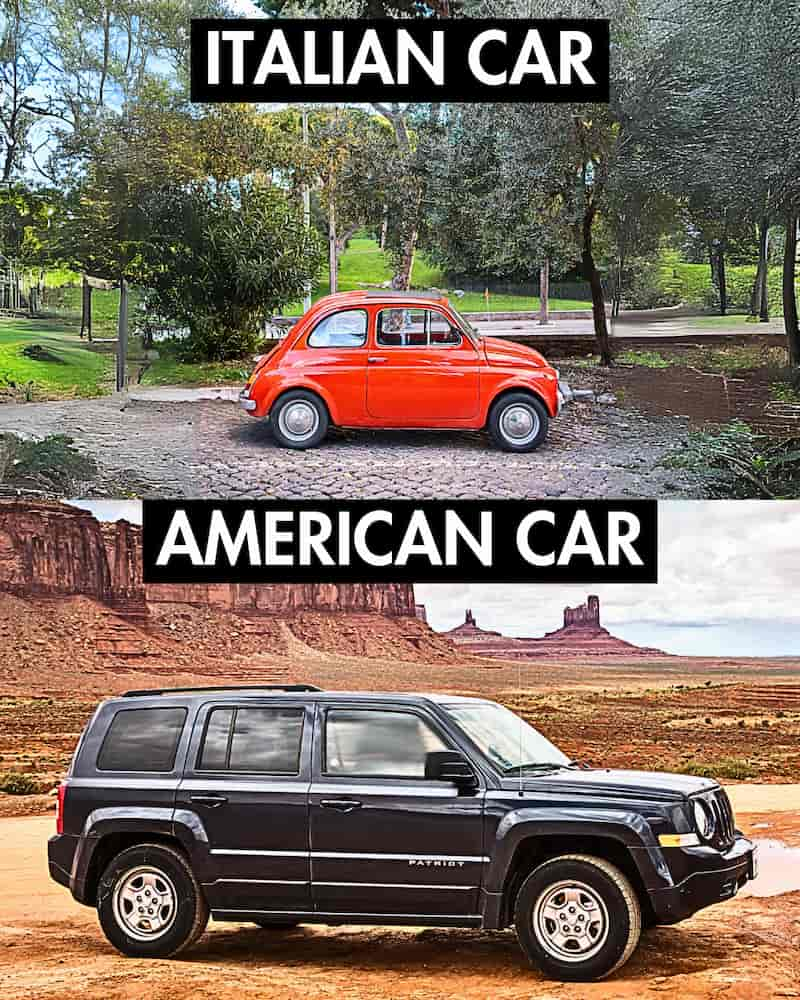
When you hear that Italy has a road death rate of 5.2 per 100,000 people compared to the USA's 12.9, you might wonder – are Italians just better, more careful drivers? It sounds like a tempting explanation. After all, Italy’s winding, narrow roads and the legendary Italian driving style make for a unique driving experience. But there's more to the story than just driver behavior.
One of the key reasons for this difference is the **size of vehicles**. In the U.S., bigger is often seen as better when it comes to cars, and many Americans drive enormous SUVs and trucks. While these vehicles may seem safer for those inside them, they can be deadly for people in smaller vehicles. The sheer weight and size of these trucks often lead to more serious accidents, with tragic consequences for those involved.
In contrast, Italy’s roads are full of **smaller cars**. You’re much more likely to see a compact Fiat or a little city car zipping through narrow streets than a massive truck or SUV. Smaller cars may be more vulnerable in certain crashes, but overall, the Italian car fleet is lighter, and smaller cars tend to cause less damage in accidents.
Add to that the fact that the urban design** in Italy often naturally slows drivers down. With tight streets, roundabouts, and heavy pedestrian traffic, there’s just less opportunity to drive recklessly at high speeds like on the long, straight highways of the U.S.
So, while Italians are certainly skilled drivers, the lower road death rate has more to do with the **types of vehicles** and **road conditions** than just being careful behind the wheel.
Aug 28, 2024
Discover Vasto: An Italian Coastal Retreat Without the Crowds
Tucked away between the turquoise of the Adriatic and the rolling hills of southern Abruzzo is Vasto. So why travel to Vasto? Read on for the answer...
Continue reading "Discover Vasto: An Italian Coastal Retreat Without the Crowds"
Aug 14, 2024
Scilla and the Fishing Village of Chianalea
Scilla is a dream destination and at the heart of the town lies the true pearl, the fishing village of Chianalea; one of the most beautiful towns in Italy
Continue reading "Scilla and the Fishing Village of Chianalea "
Aug 13, 2024
THE Guide to Car Rental in Venice Italy
Car rental in Venice and elsewhere in Italy can turn into a nightmare. Read our 10 essential tips to ensure you avoid that nightmare happening to you.
Aug 12, 2024
What to See in Sicily
Wondering what to see in Sicily? We've a lot of fabulous suggestions that you will absolutely LOVE!
Aug 08, 2024
Teggiano - The Undiscovered Hilltop Town in The Cilento
An ancient medieval village in the heart of the Cilento, Teggiano is tucked away in the Cilento Natural Park. Discover all there is to see in charming Teggiano.
Continue reading "Teggiano - The Undiscovered Hilltop Town in The Cilento"
Jul 30, 2024
Italian Travel Bucket List: Unforgettable Must-Do Experiences
Your Italian Bucket List: Unmissable experiences to try in Italy. My absolute favorite is number 14—it's truly a once-in-a-lifetime adventure.
Continue reading "Italian Travel Bucket List: Unforgettable Must-Do Experiences"
Jul 29, 2024
San Casciano Bronzes: A Discovery That Will Change History
The San Casciano bronzes are a remarkable discovery from an ancient Tuscan thermal bath site in San Casciano dei Bagni, Italy. Unearthed between 2022 and 2024, these bronze statues date back to the Etruscan and Roman periods (roughly the 2nd century BCE to the 1st century CE). This find is considered one of the most significant in recent archaeological history due to the bronzes' exceptional preservation and the historical insights they provide.
Why the San Casciano Bronzes Are Significant
1. **Historical Context**: The bronzes were found in a thermal bath sanctuary, a place of healing and worship. Such sites were crucial in Etruscan and Roman cultures, serving both religious and social functions. The discovery provides a direct link to these practices, offering tangible evidence of how these ancient civilizations lived, worshipped, and treated ailments.
2. **Exceptional Preservation**: Unlike many ancient artifacts that have deteriorated over time, the San Casciano bronzes were well-preserved due to the unique environmental conditions of the thermal baths. The water and mud helped protect these statues from corrosion, allowing modern researchers to study them in detail.
3. **Artistic and Cultural Insights**: The bronzes include depictions of gods, goddesses, and votive offerings, showcasing the artistry and religious beliefs of the Etruscans and Romans. The intricate craftsmanship provides insight into the technological and artistic capabilities of these ancient cultures.
4. **New Discoveries in Medicine and Religion**: The statues were found alongside inscriptions and other artifacts that suggest the thermal baths were used for both medicinal and religious purposes. This dual use highlights the interconnectedness of health, religion, and daily life in ancient times. Understanding these practices can offer new perspectives on the evolution of medicine and religious rituals.
5. **Impact on Etruscan Studies**: The Etruscans are often overshadowed by the Romans in historical studies. This discovery shines a spotlight on Etruscan culture, offering new information that can reshape our understanding of their influence on Roman practices and Western civilization.
6. **Potential for Further Discoveries**: The site is still being excavated, and the possibility of finding more artifacts remains high. Each new find could provide additional pieces to the puzzle of ancient Etruscan and Roman life.
Viewing the San Casciano Bronzes
The San Casciano bronzes are currently undergoing conservation and study, but they will eventually be displayed at a new museum being established in San Casciano dei Bagni, Italy.
These San Casciano bronzes are not just historical artifacts; they are a window into the lives and beliefs of ancient civilizations. They provide direct evidence of the Etruscan influence on Roman culture, particularly in terms of religious practices and daily life. By studying these artifacts, historians and archaeologists can gain deeper insights into the cultural and technological exchanges between these two civilizations. Truly, the San Casciano bronzes are set to change our understanding of history.
Jul 29, 2024
Discover the Best Hotels in Italy: 4 Unforgettable Italian Stays
Experience 4 perfect Italian hotels that embody the true spirit of Italy. Unforgettable and quintessential—these are the best hotels in Italy!
Continue reading "Discover the Best Hotels in Italy: 4 Unforgettable Italian Stays"
Jul 22, 2024
Authentic Italian Pasta: A Quick Guide to Getting It Right
To ensure that the dry pasta you buy is made the authentic Italian way, check for several key indicators:
Ingredients: Authentic Italian pasta typically contains only durum wheat semolina and water. Look for "semola di grano duro" or "semolina di grano duro" on the ingredient list.
Production Process: Authentic Italian pasta is traditionally made using bronze dies, which give the pasta a rough texture that holds onto sauces better. Look for mentions of "bronze-cut" or "trafilata al bronzo" on the packaging.
Drying Time: Traditional Italian pasta is dried slowly at low temperatures, which helps preserve the flavor and texture. Packaging might mention "slow-dried" or "essiccazione lenta".
Origin: Check the label for a "Made in Italy" certification or a Protected Geographical Indication (PGI) label. This ensures that the pasta is produced in Italy according to traditional methods.
Brand Reputation: Some well-known brands are recognized for their authentic production methods. Brands like Barilla, De Cecco, and La Molisana have a long history of making pasta the traditional way.
Certifications and Labels: Look for labels such as "IGP" (Indicazione Geografica Protetta) or "DOP" (Denominazione di Origine Protetta), which indicate that the pasta is made in a specific region of Italy according to traditional methods.
Appearance: Authentic Italian pasta often has a slightly rough and matte appearance due to the use of bronze dies. Shiny and smooth pasta might indicate the use of Teflon dies, which are less traditional.
Examples of Authentic Italian Pasta Labels
- **De Cecco**: Known for using bronze dies and slow drying processes.- **Barilla**: Offers specific lines made with traditional methods.- **La Molisana**: Uses bronze dies and high-quality semolina.
To cook your pasta al dente, place it into boiling, salted water, and check it a minute or two before the recommended cooking time. The pasta should be firm to the bite, not mushy.
4 Reasons Why Al Dente is Better
1. Texture and Bite
Al dente pasta has a firm texture that offers a satisfying bite, enhancing the dining experience. It maintains its structure and does not become mushy.
2. Sauce Absorption
Al dente pasta absorbs sauces more effectively due to its porous surface, ensuring the sauce clings to the pasta for a more flavorful dish.
3. Nutritional Benefits
Cooking pasta al dente results in a lower glycemic index, causing a slower rise in blood sugar levels, which is beneficial for maintaining steady energy levels.
4. Digestive Health
Al dente pasta is easier to digest as it requires more chewing, which initiates the digestive process. It is less likely to cause bloating and discomfort compared to mushy pasta.
Please Book with Us... Maria here, if you enjoy my site I'd love your support.
Simply book your next trip anywhere (not only to Italy) via the link below or with any of the hotel links on the website.
You'll get the best deal available and the income I receive helps me to remain independent and to keep bringing you more of beautiful Italy.
More Travel Tips:
- Book your tickets to museums and other attractions in advance on Tiqets.com
- Book your accommodation. Booking.com and Agoda help you to book accommodation in advance
- Book your excursions. Wherever you go, make the most of your time! Excursions with professional guides will help you do this - choose a location and the best option for yourself on Viator or Getyourguide
- Book your car. At least a month before is best. Use Discover Car Hire.
- Cash Back on Flights: Great deals & money back with WayAway
- Get peace of mind when traveling. Get insured with VisitorsCoverage.com
- Home
- Our Blog
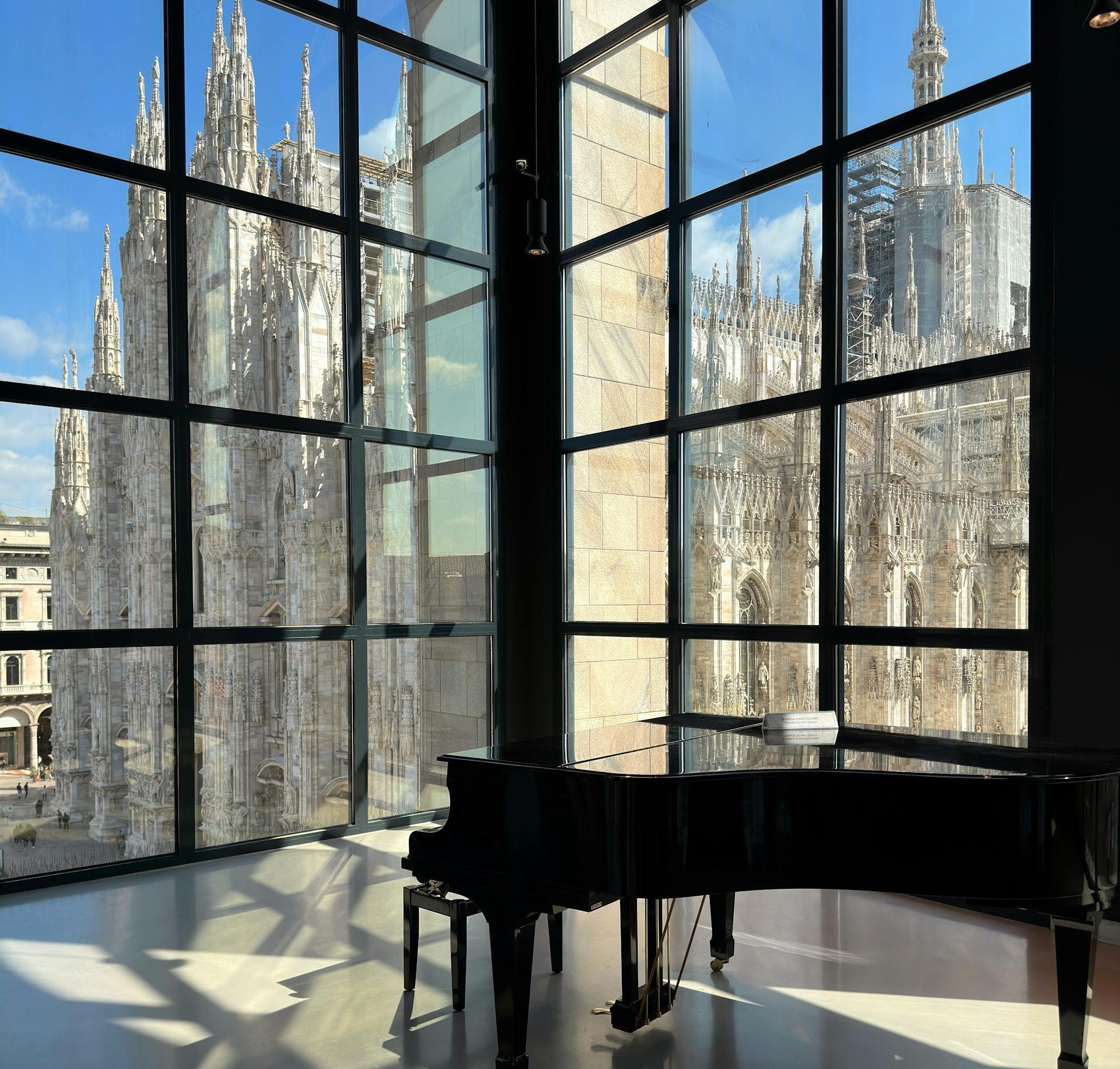
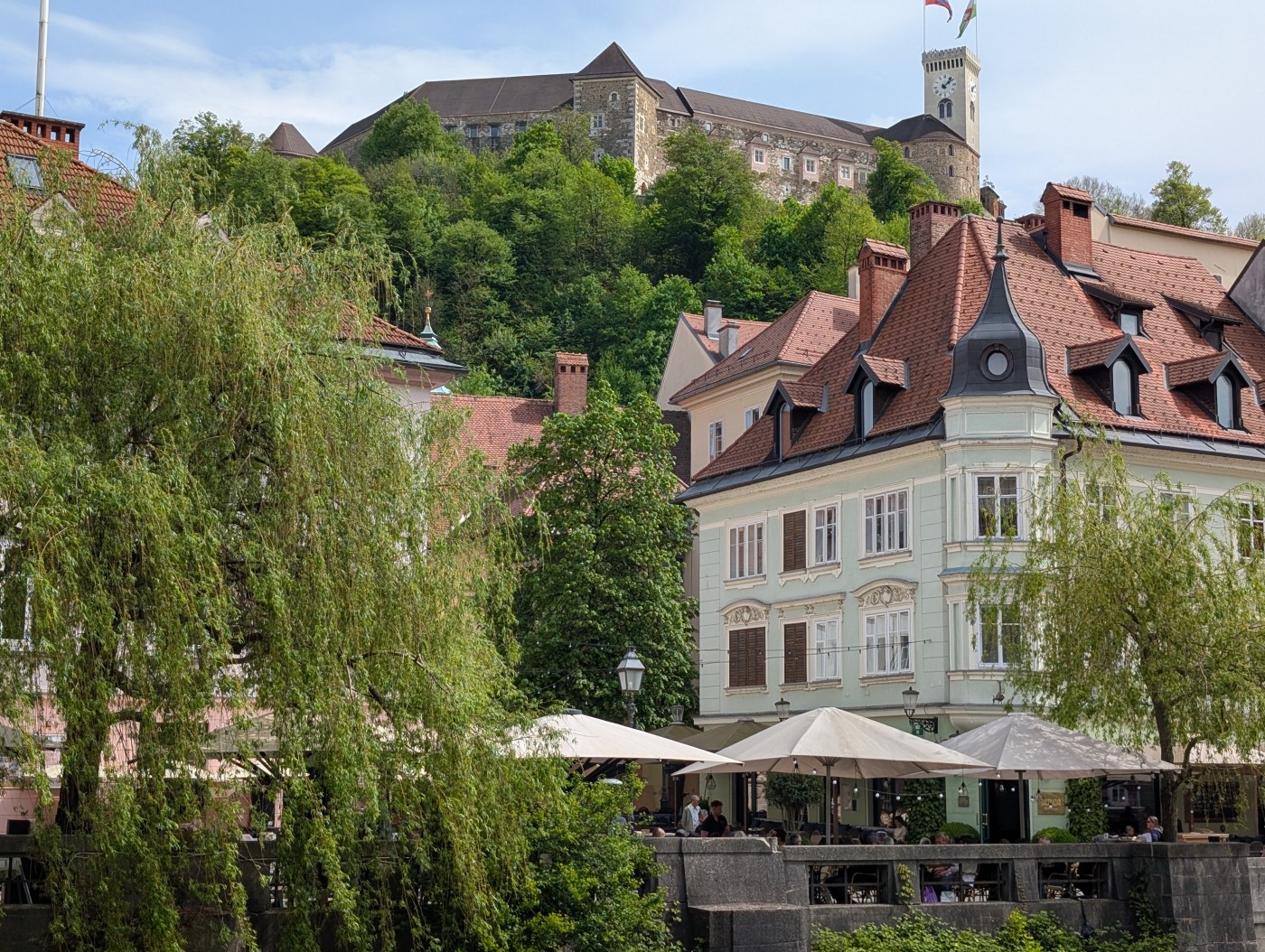
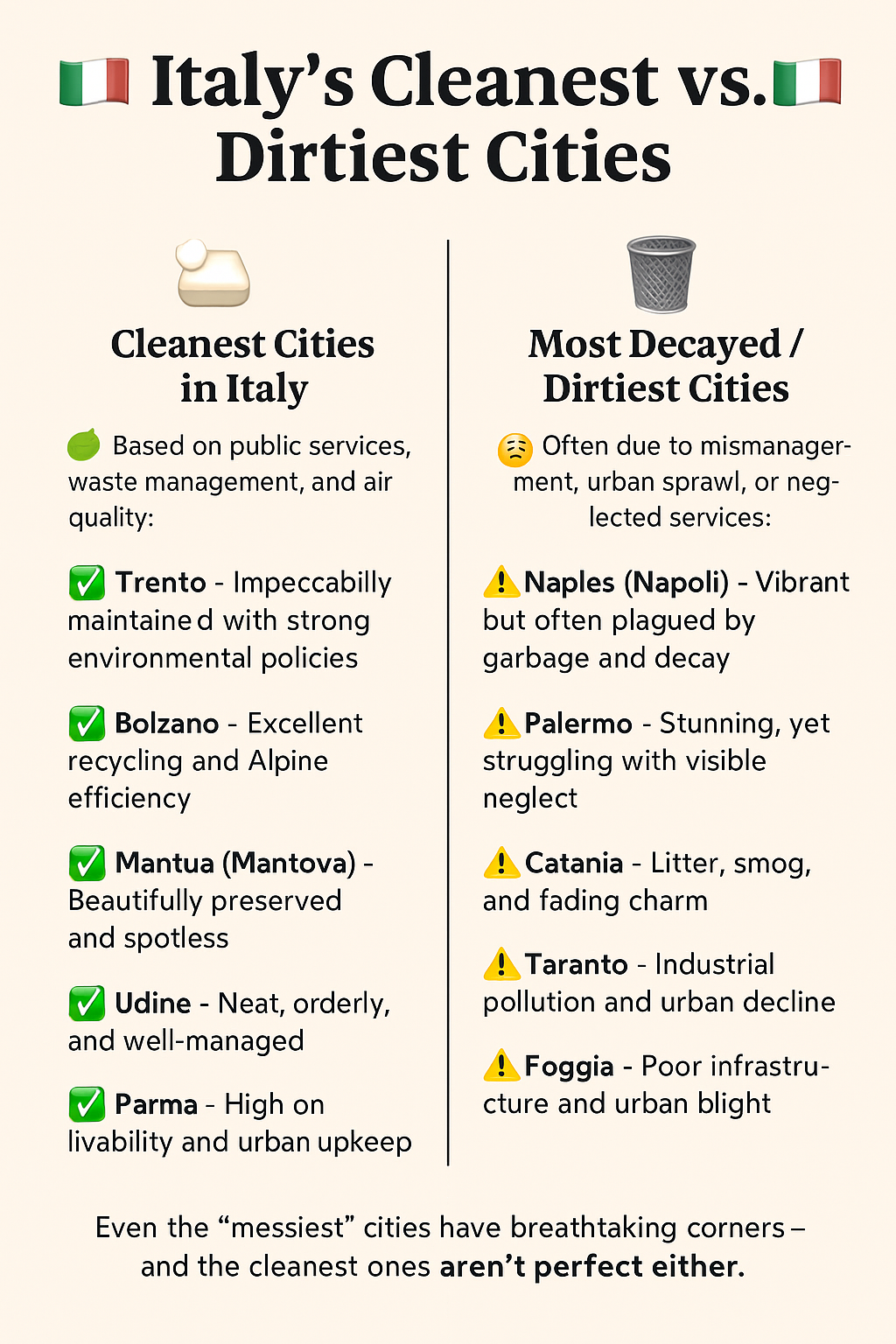
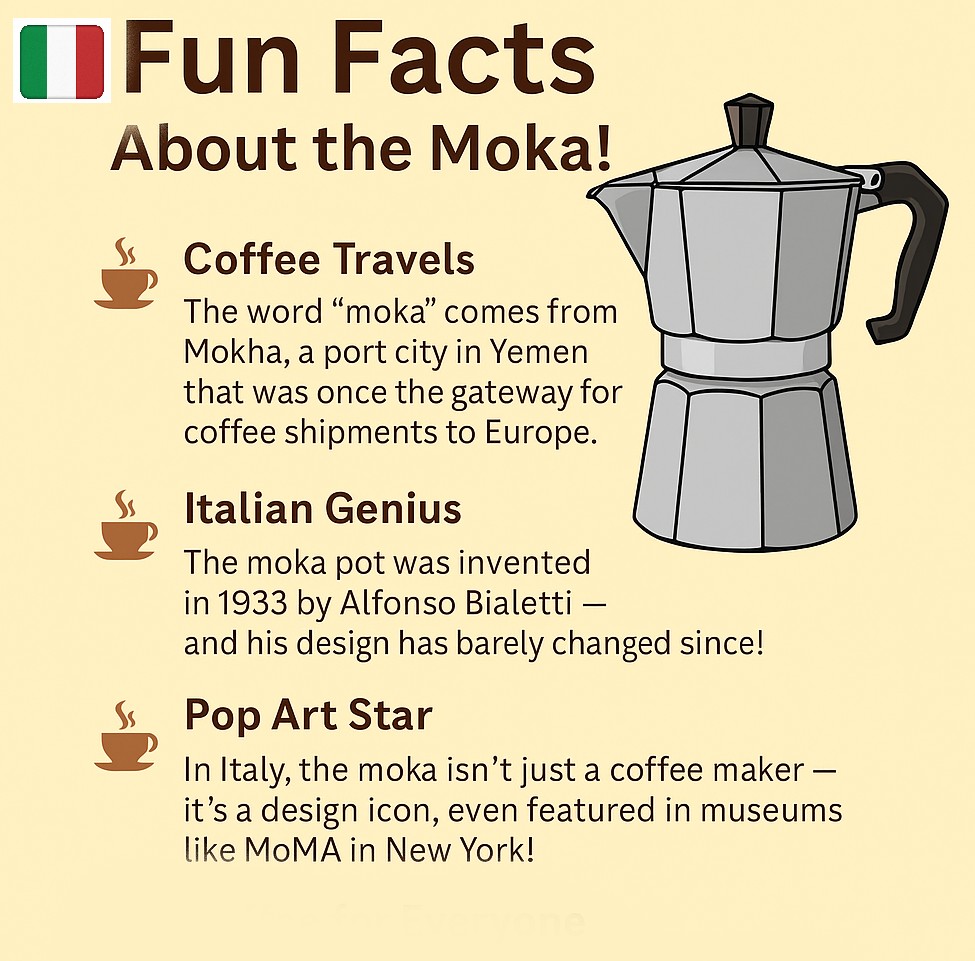
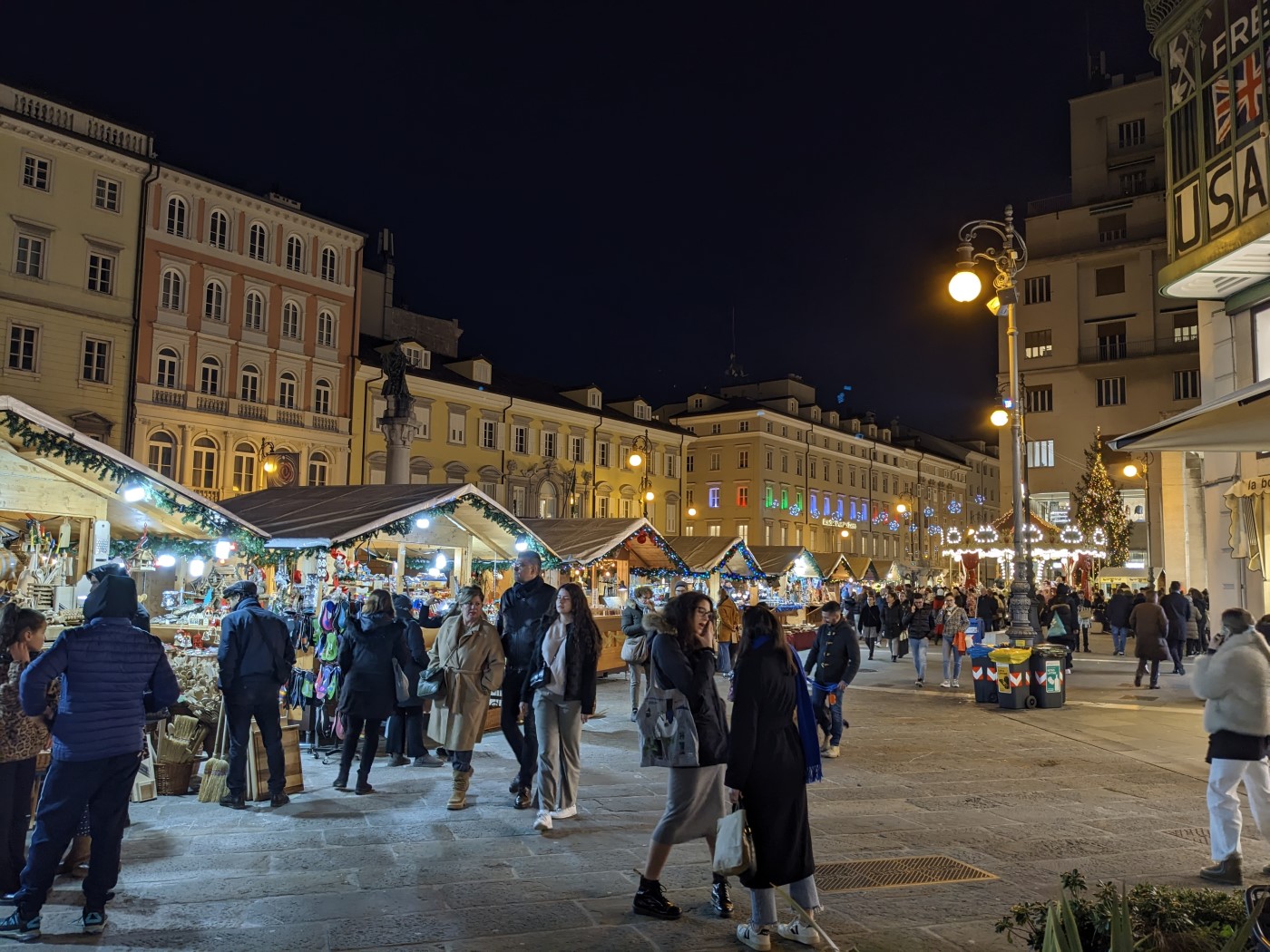
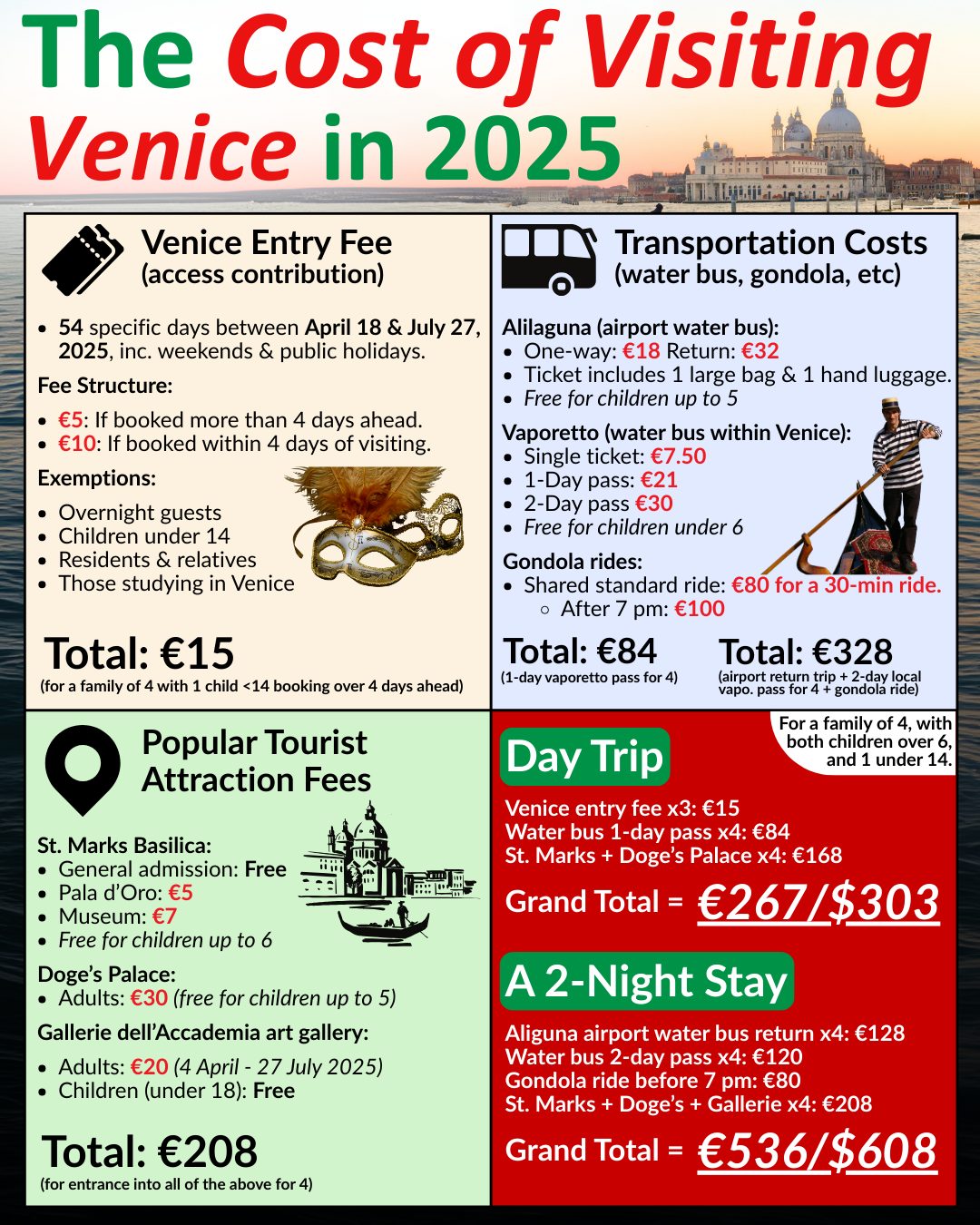
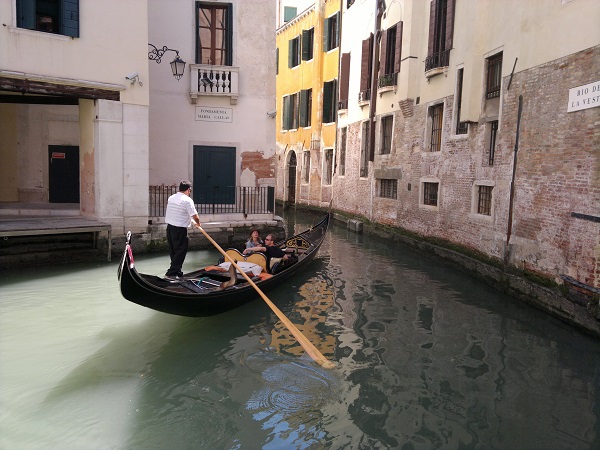
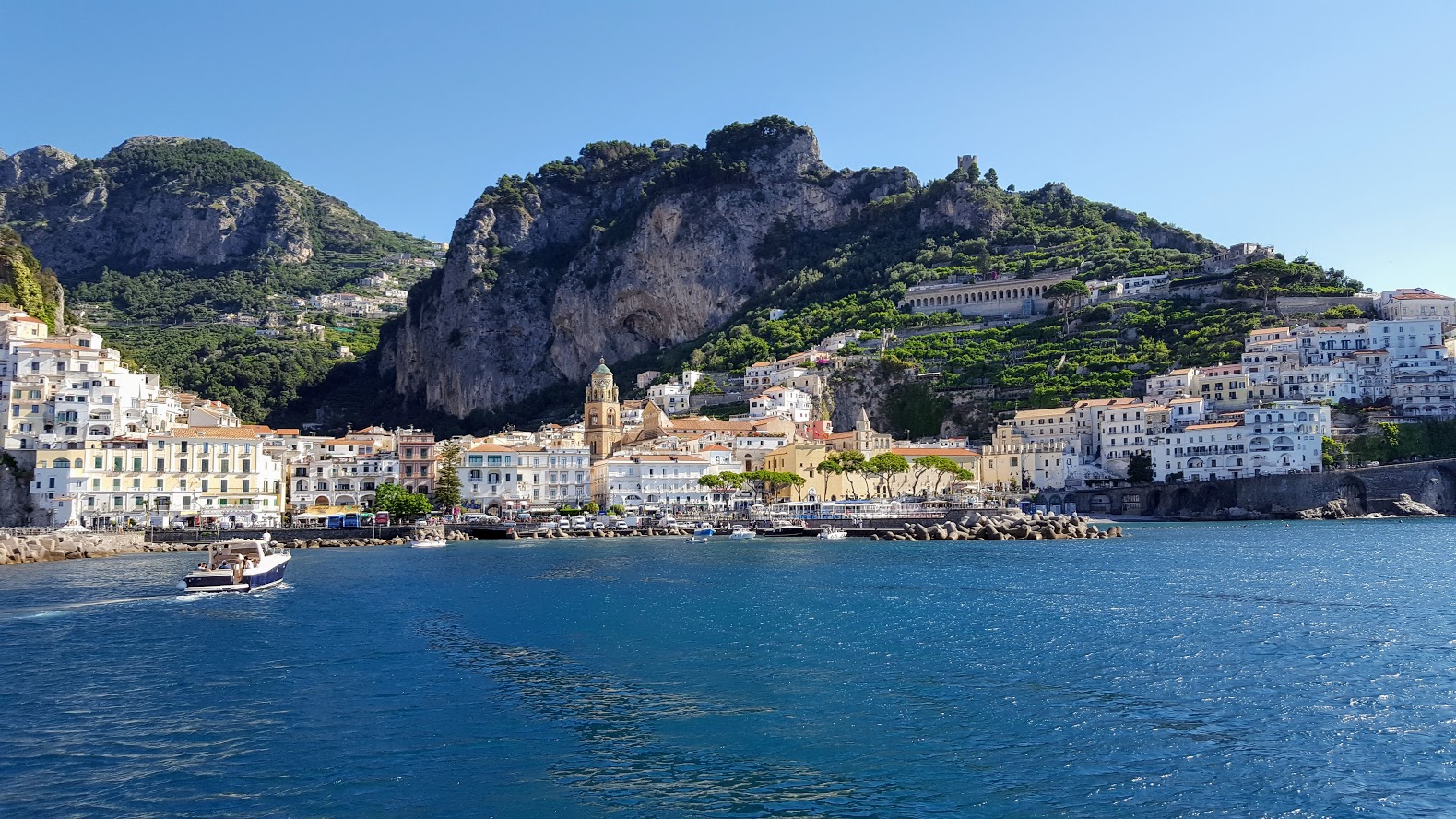
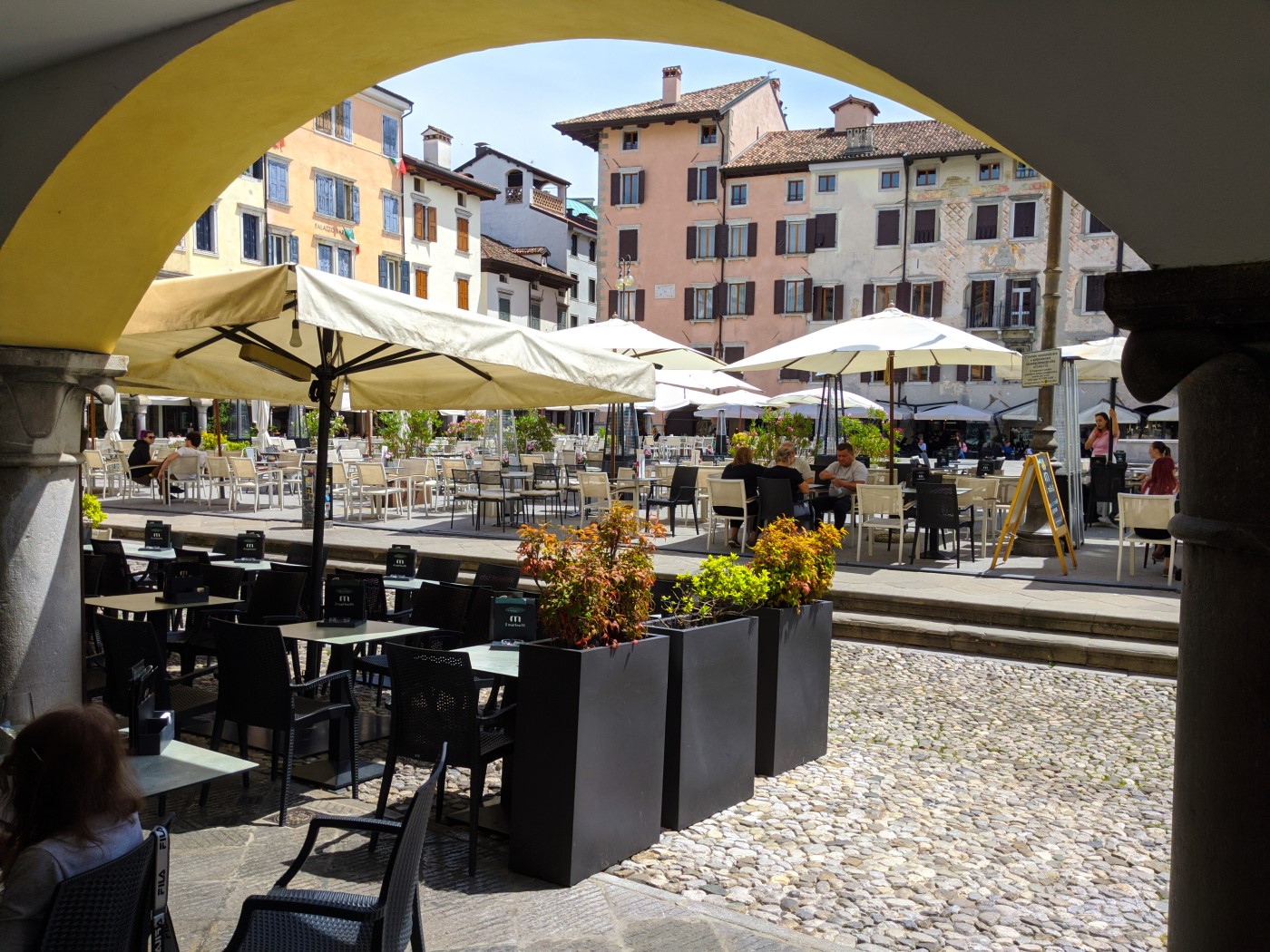
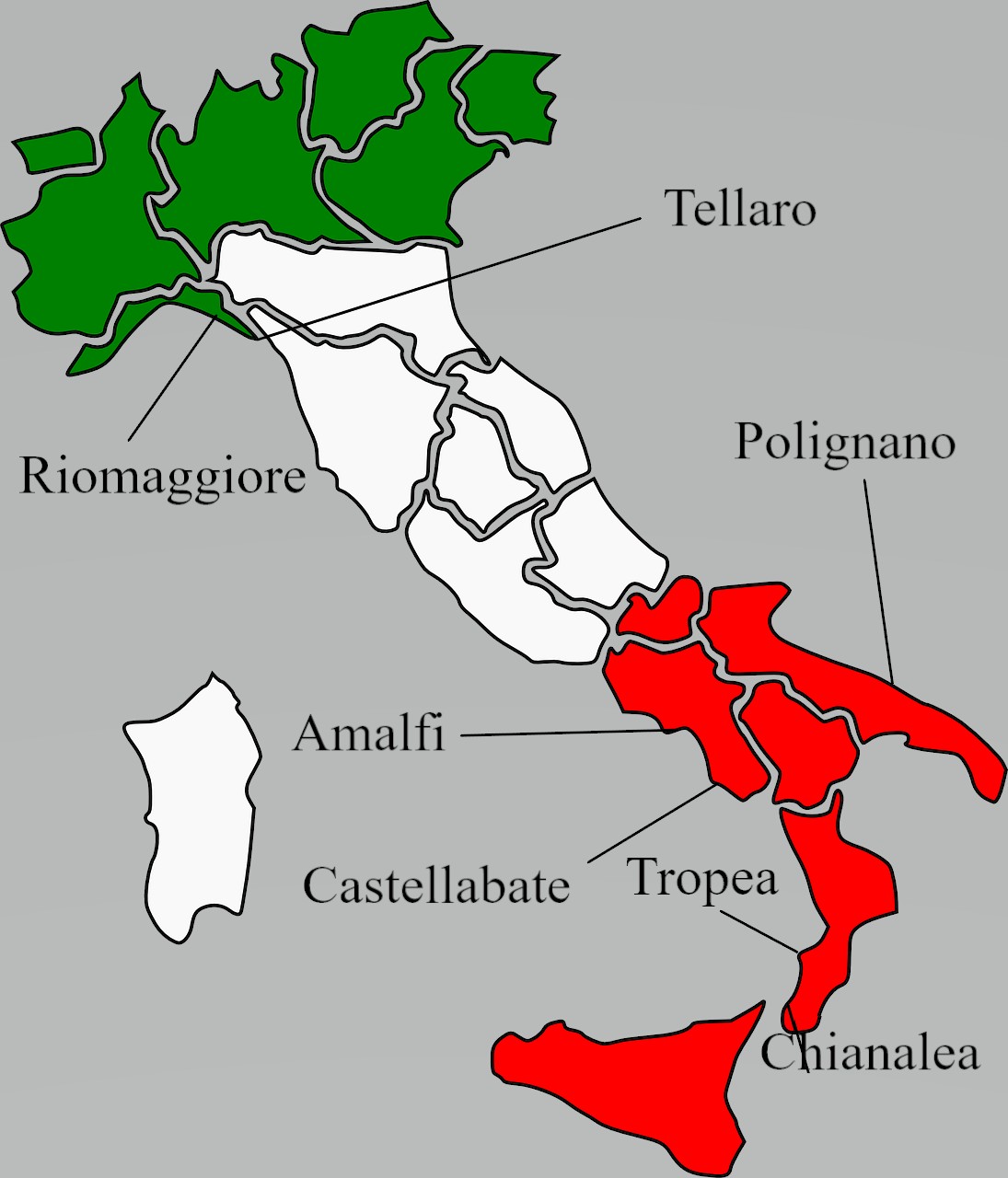
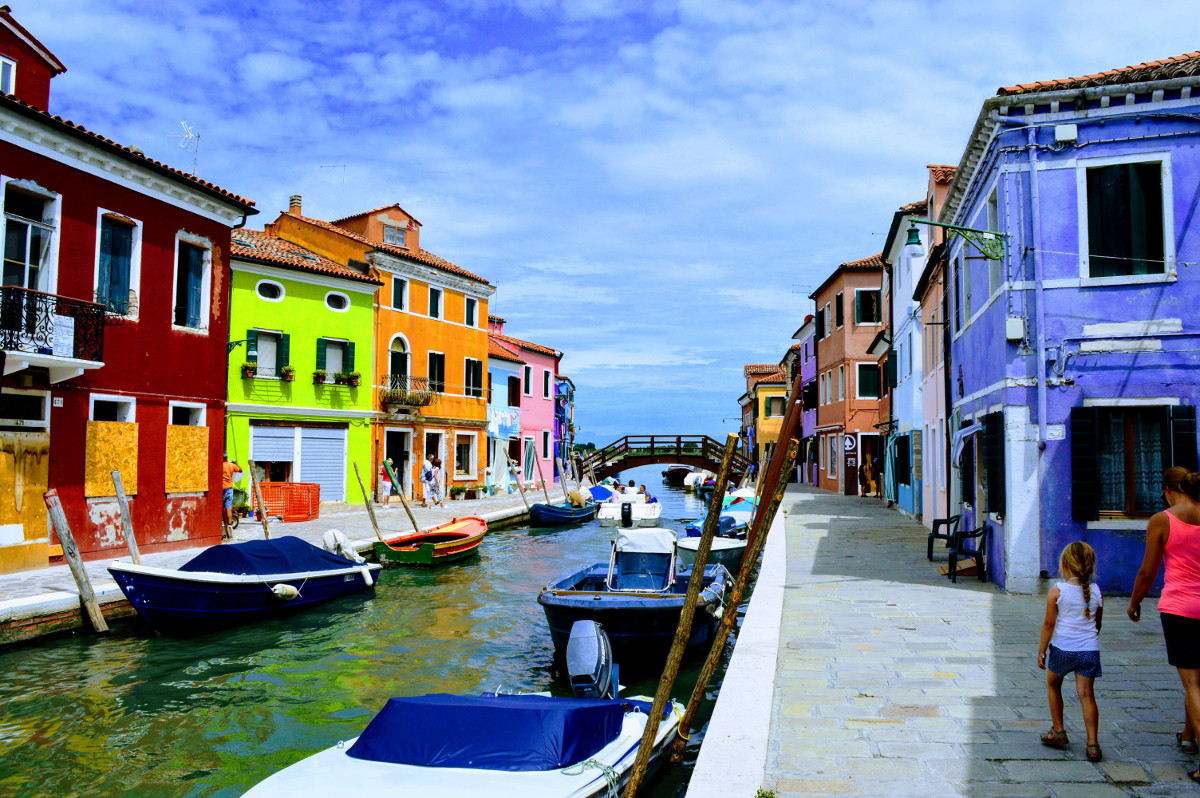
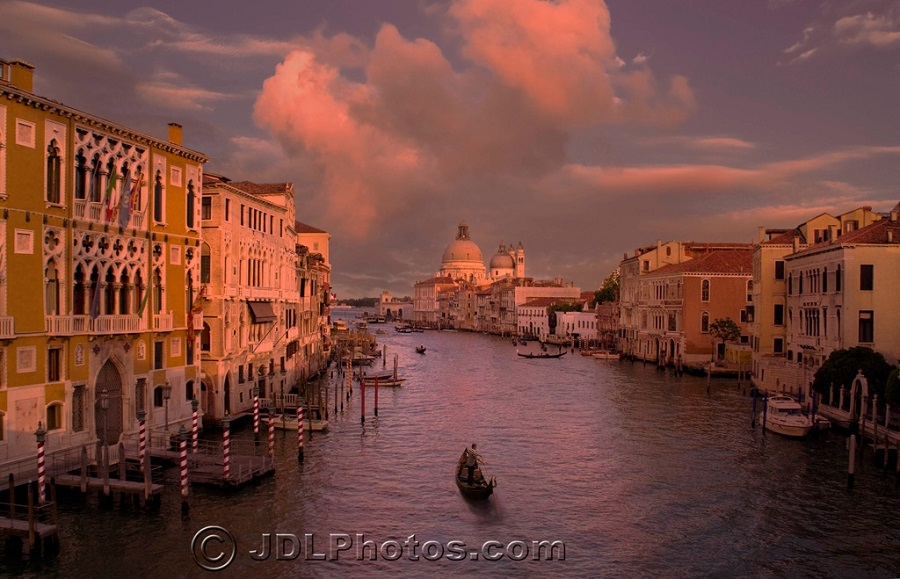
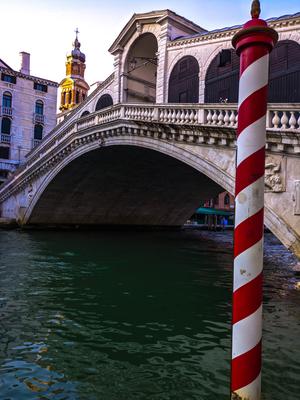
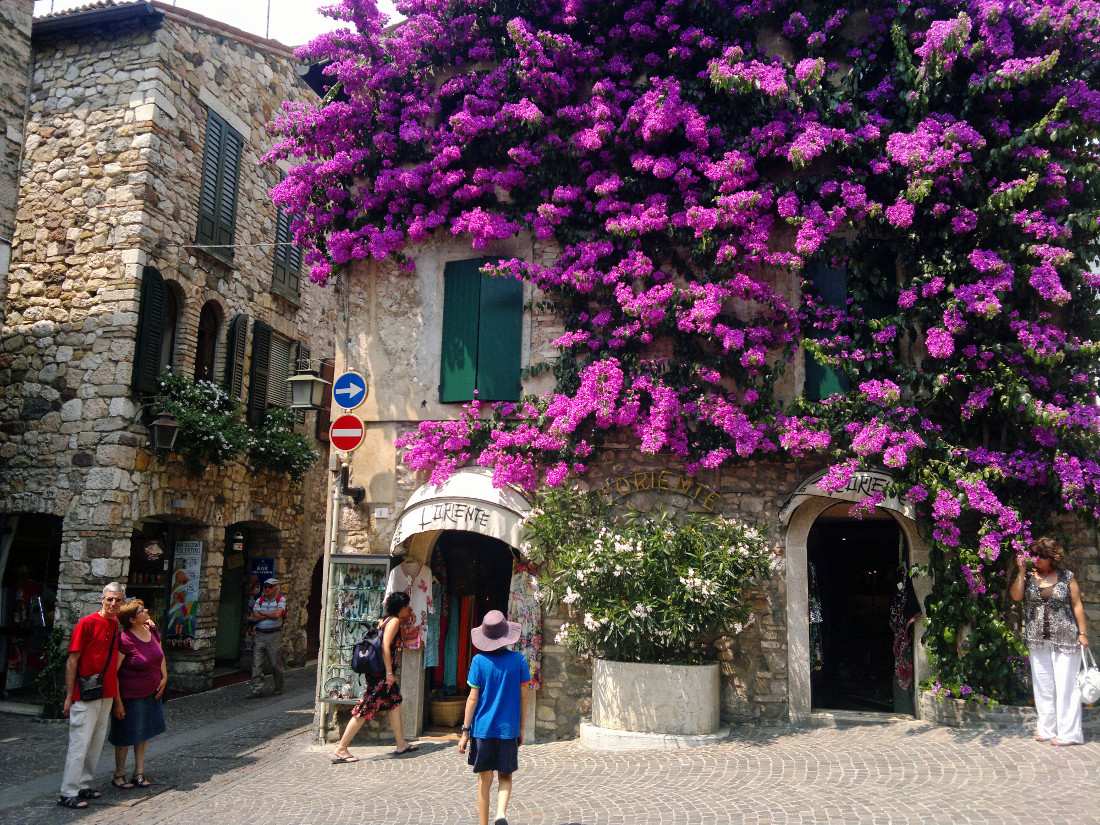
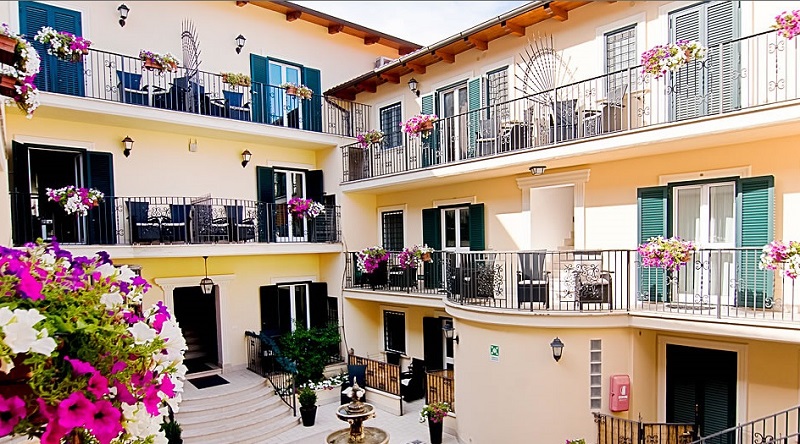
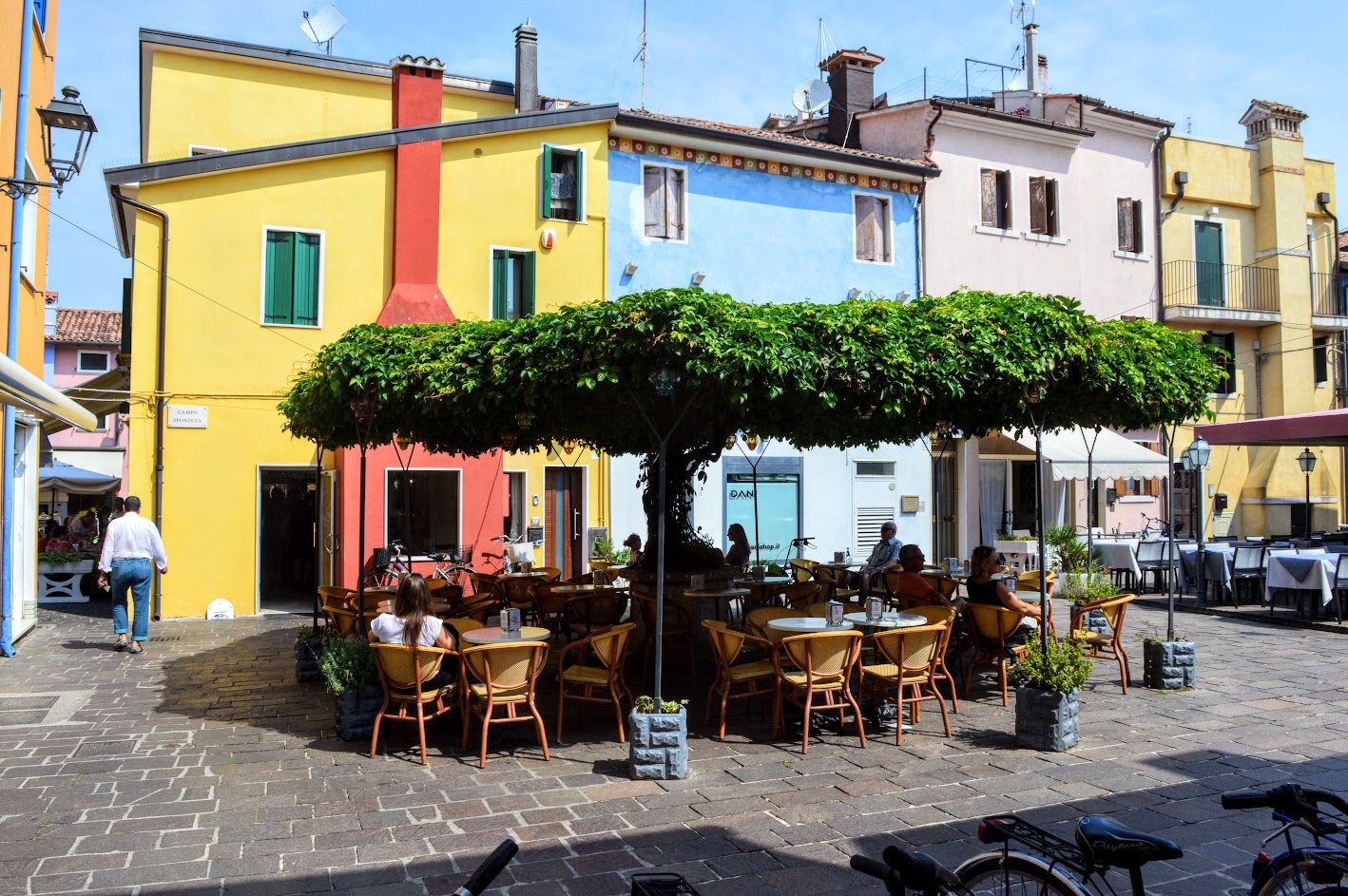
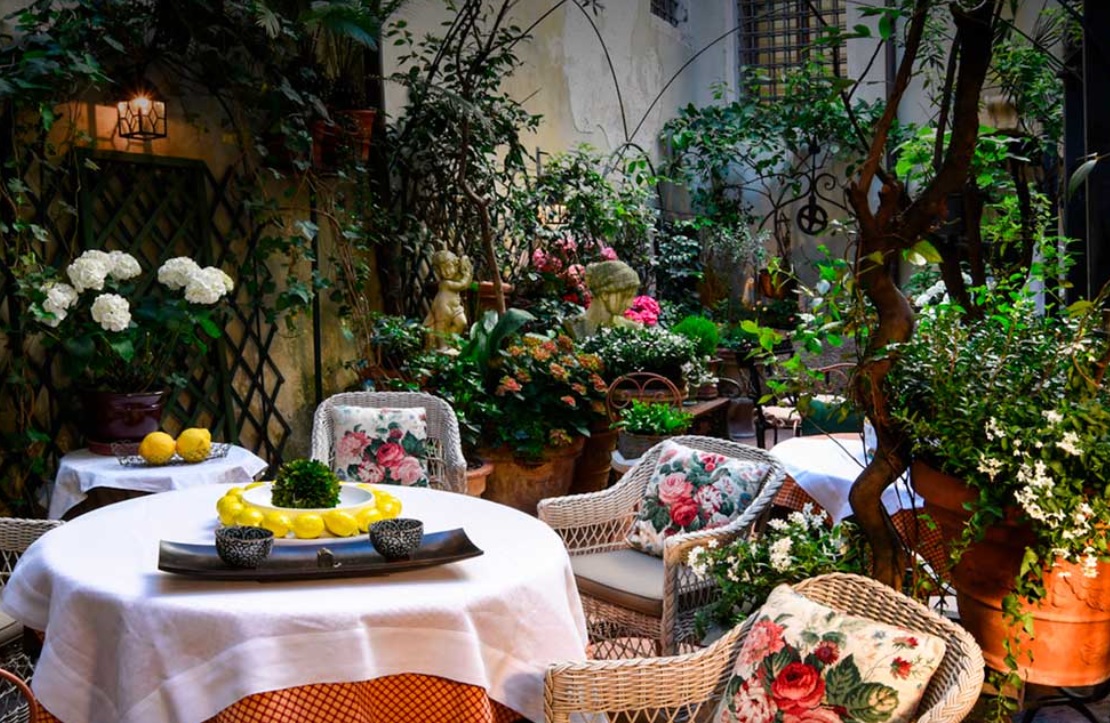
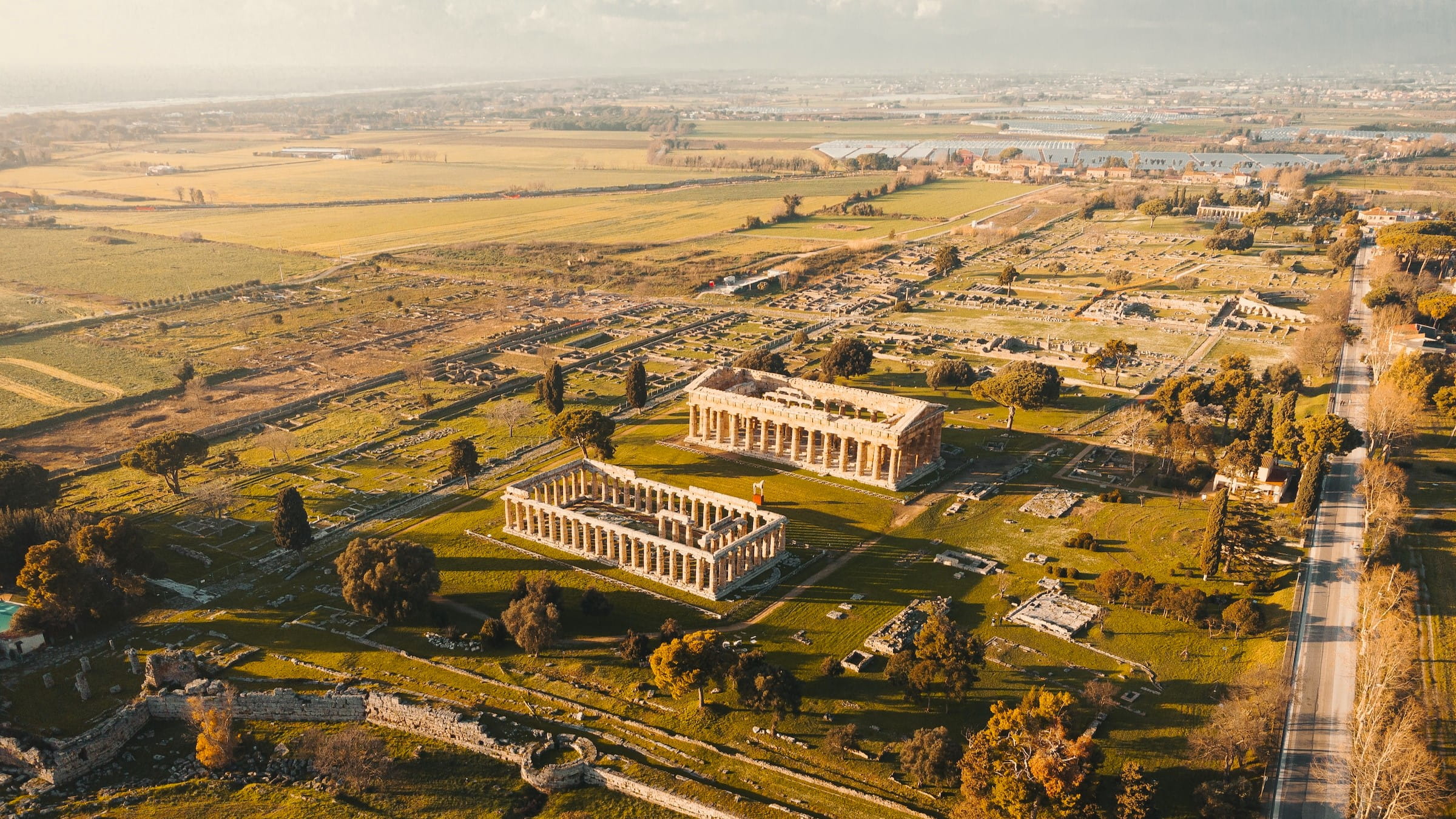

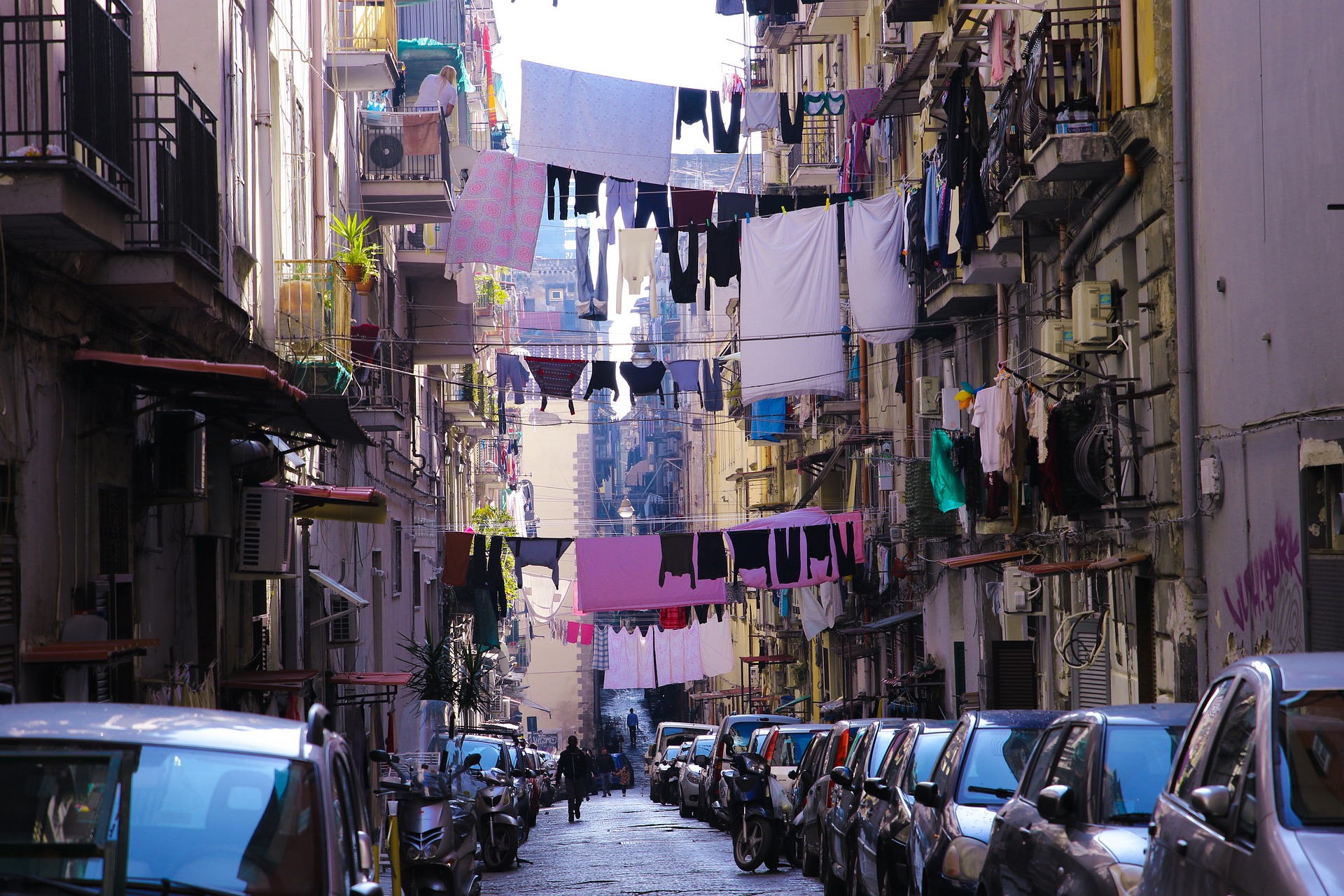
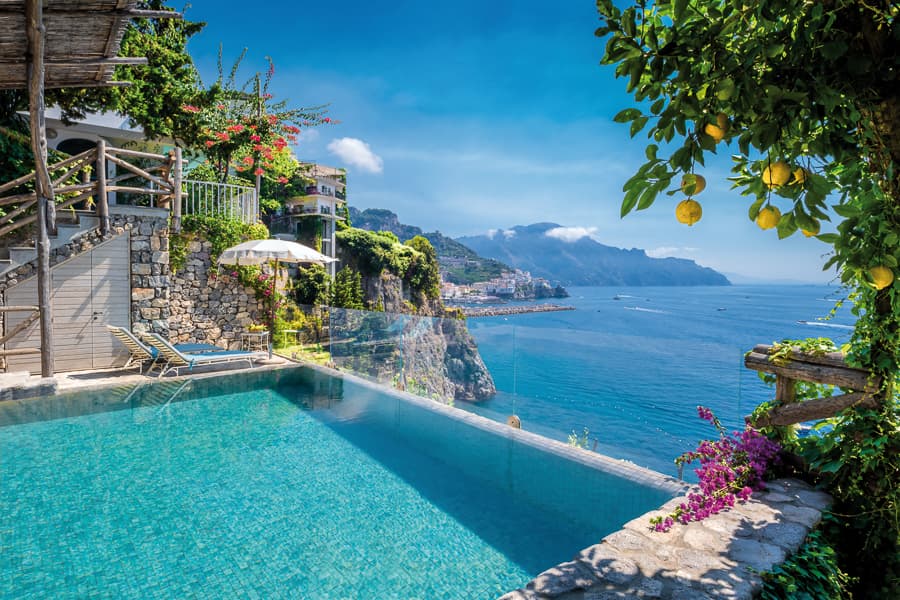
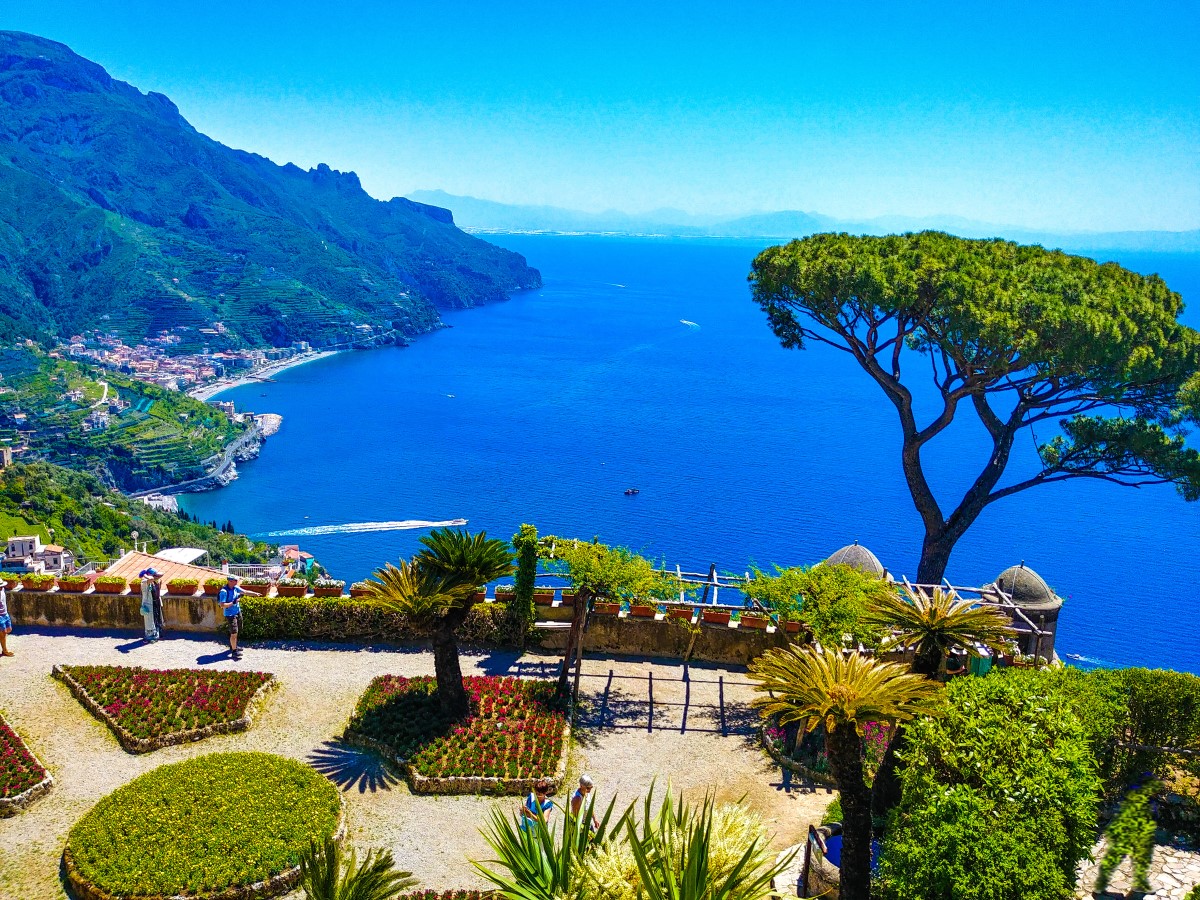
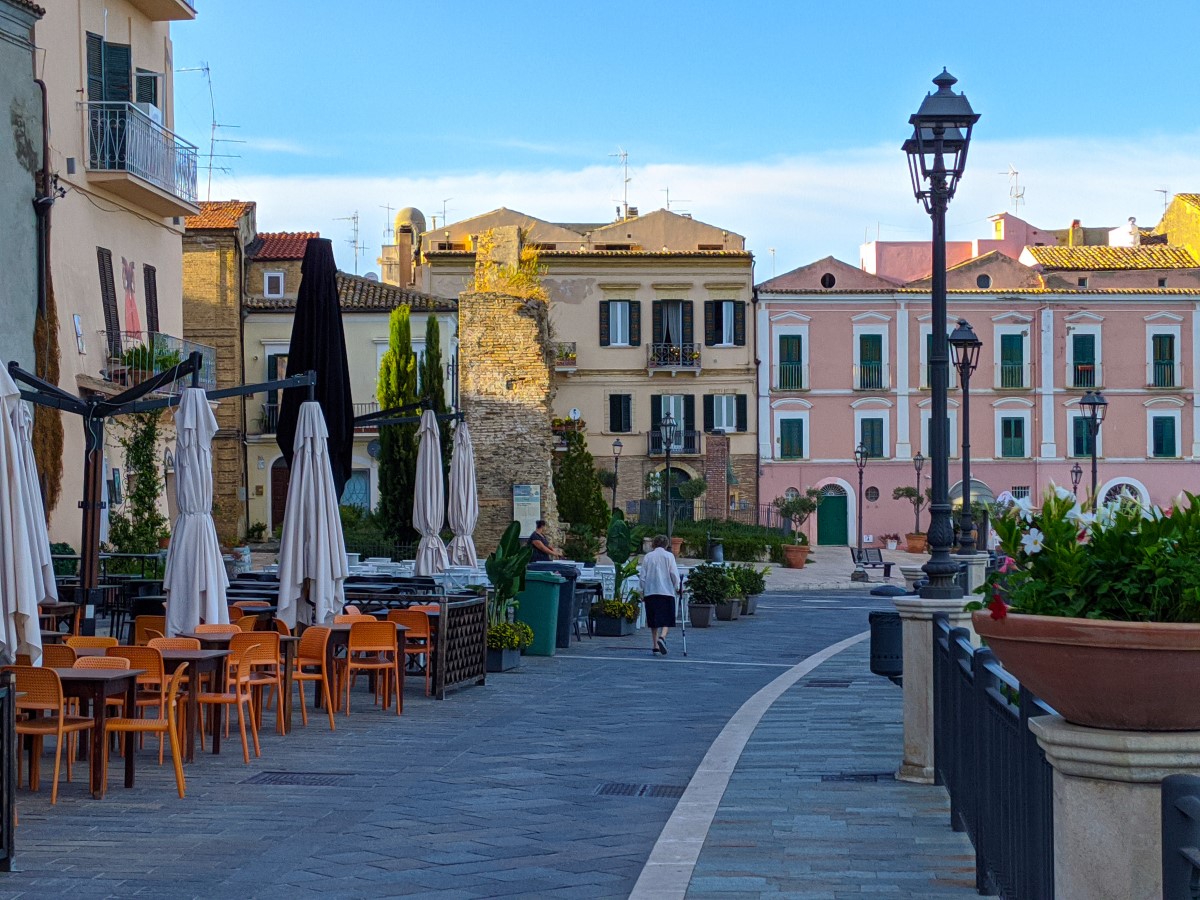
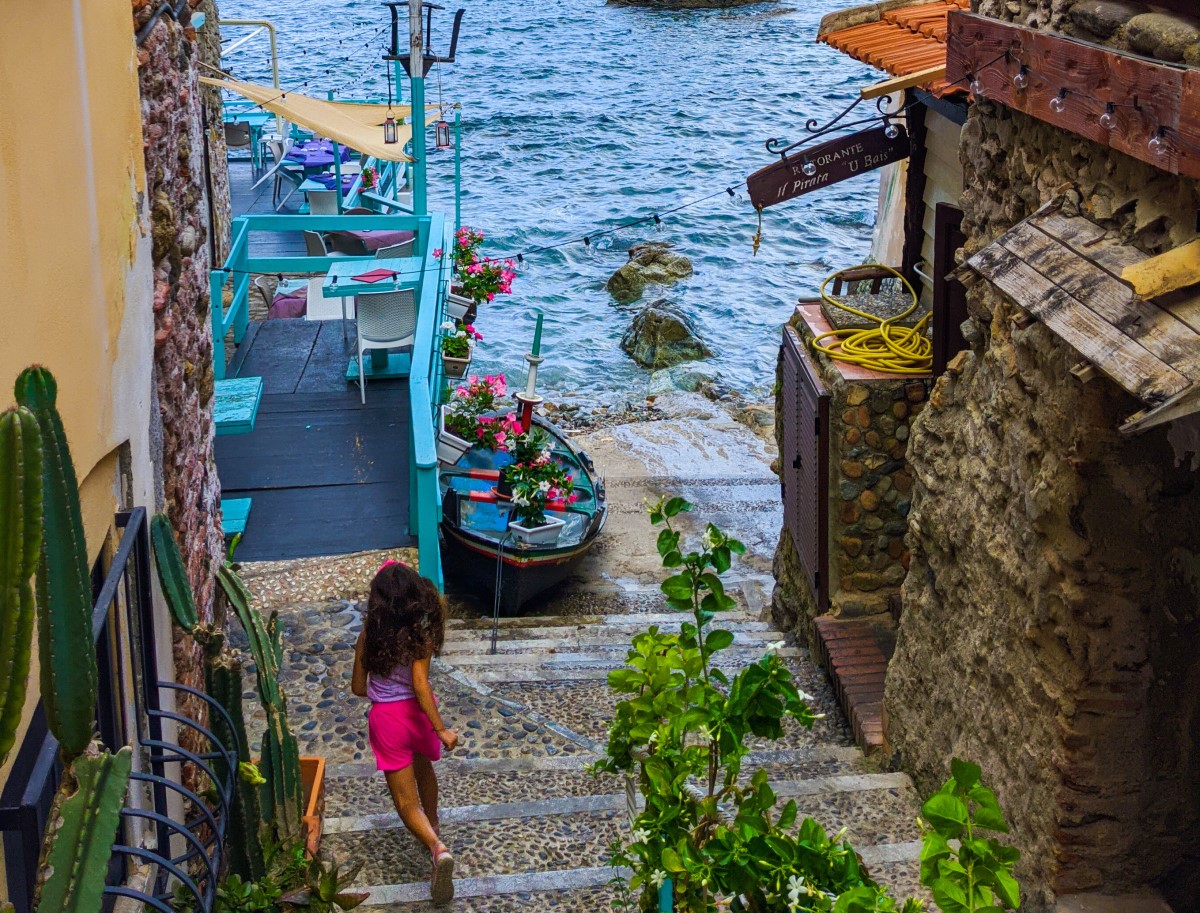
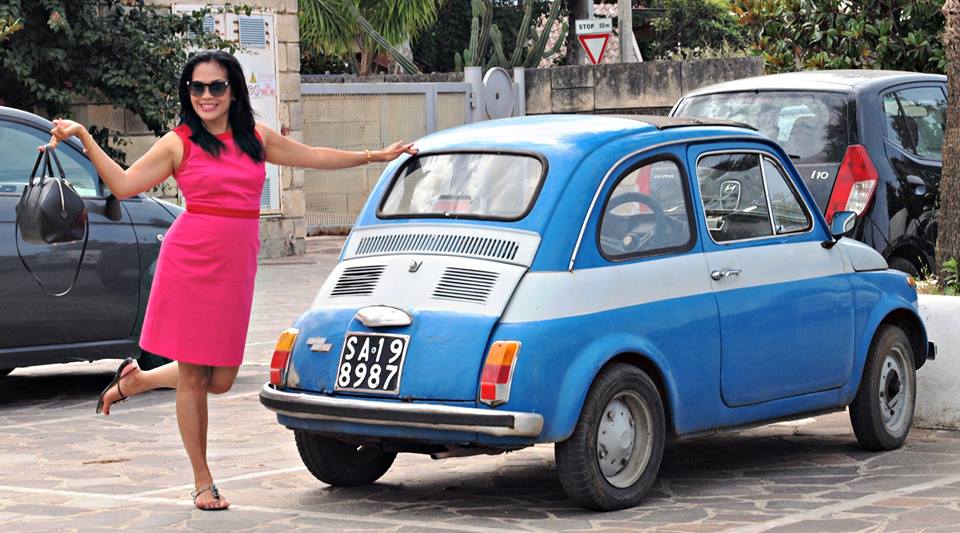
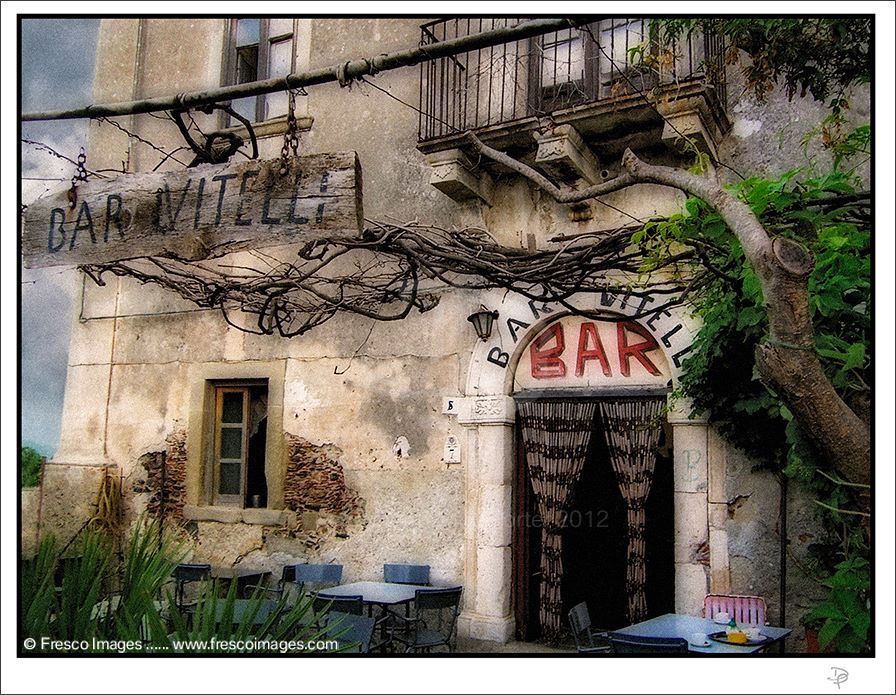
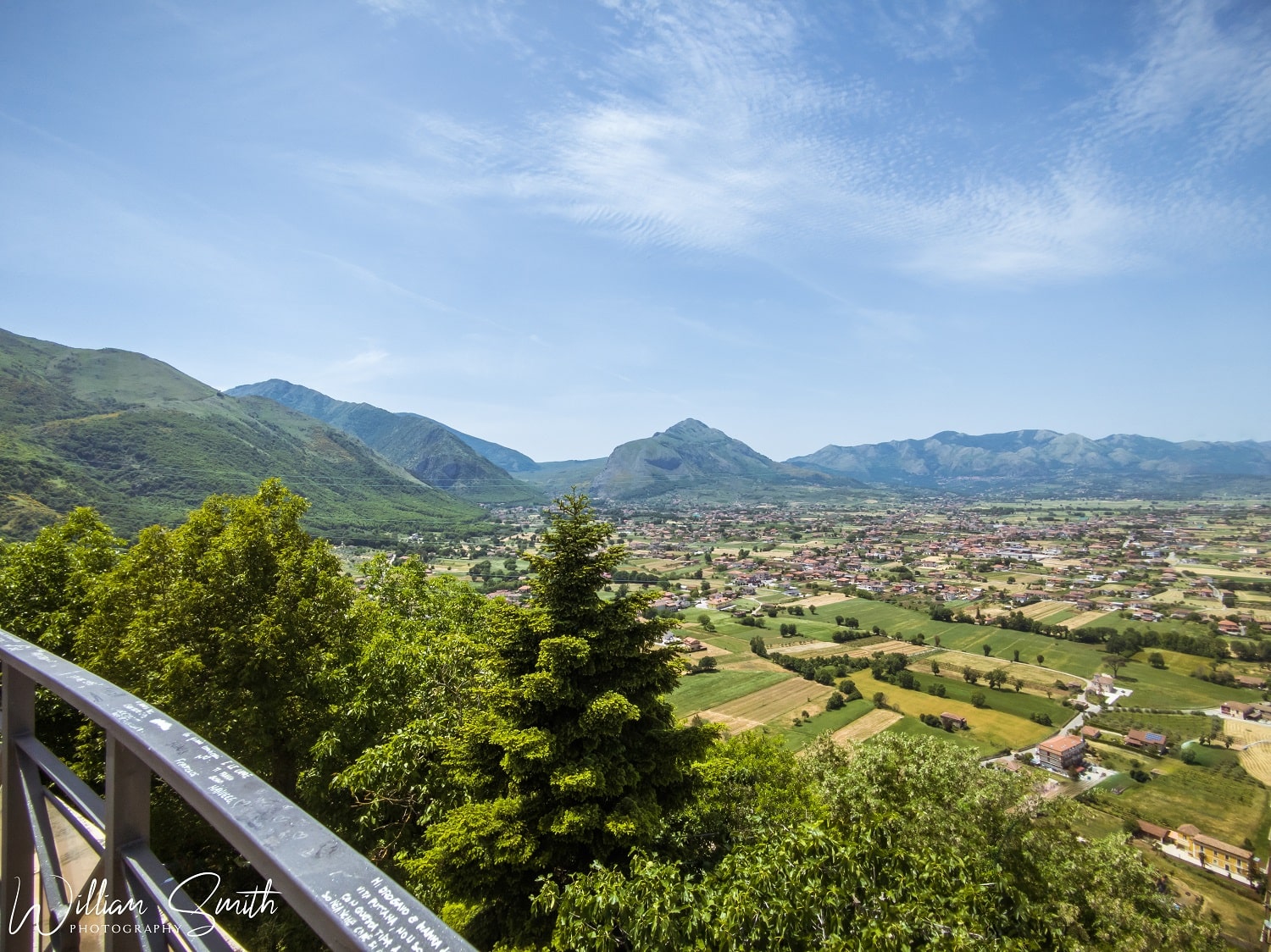
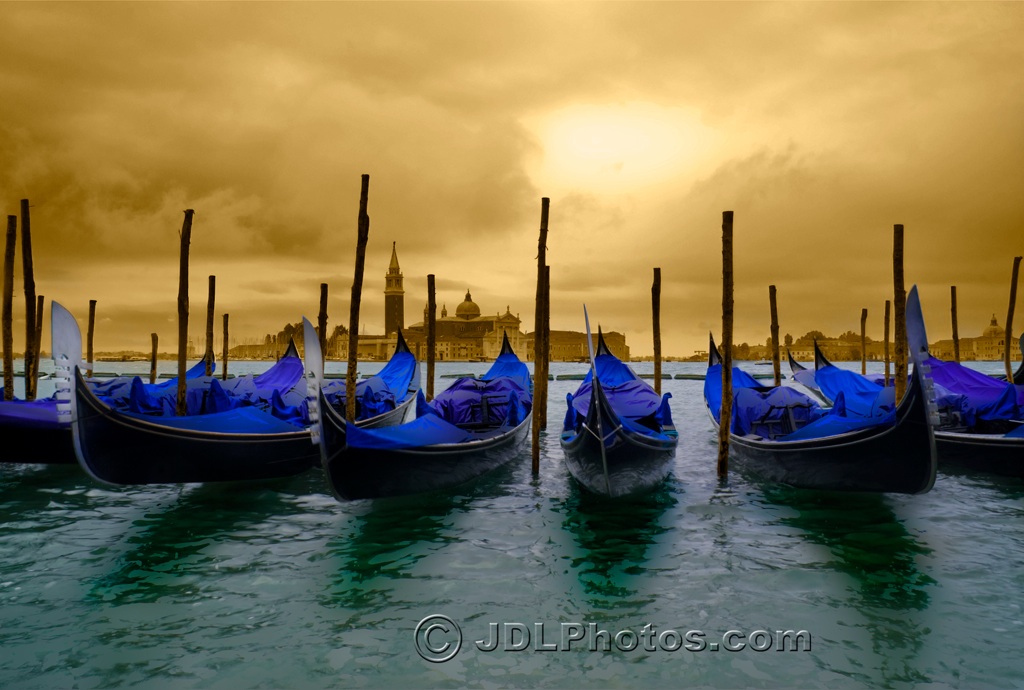
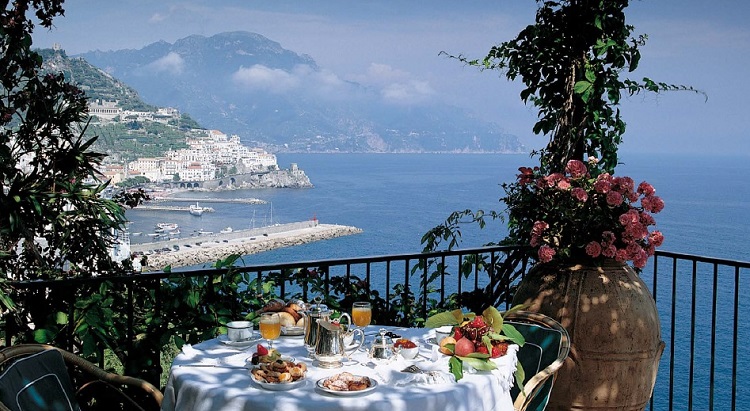



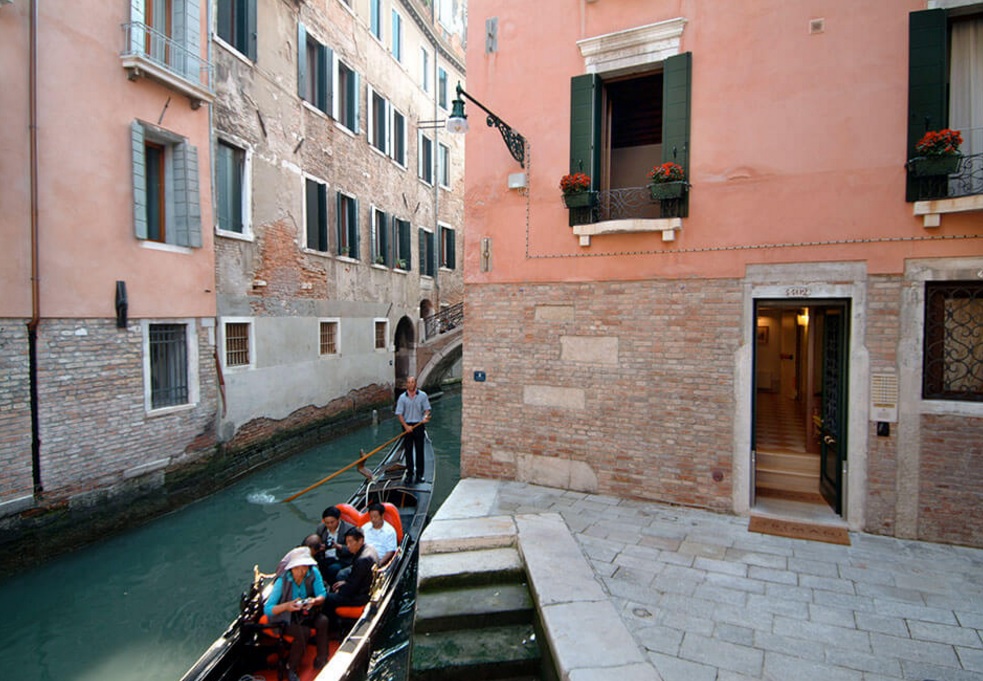

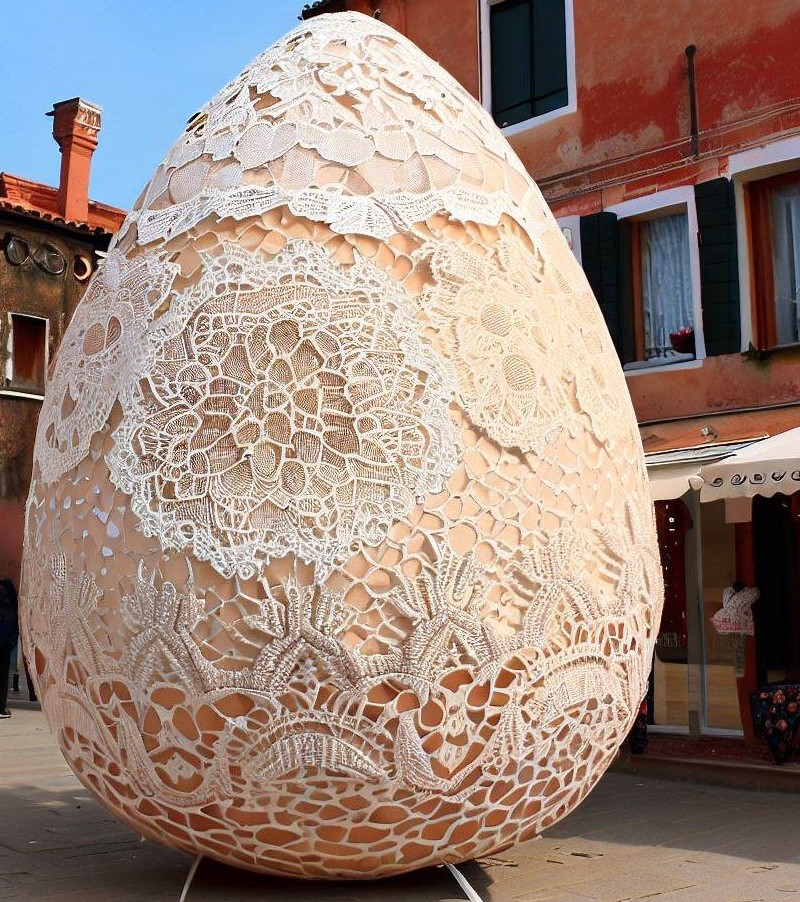
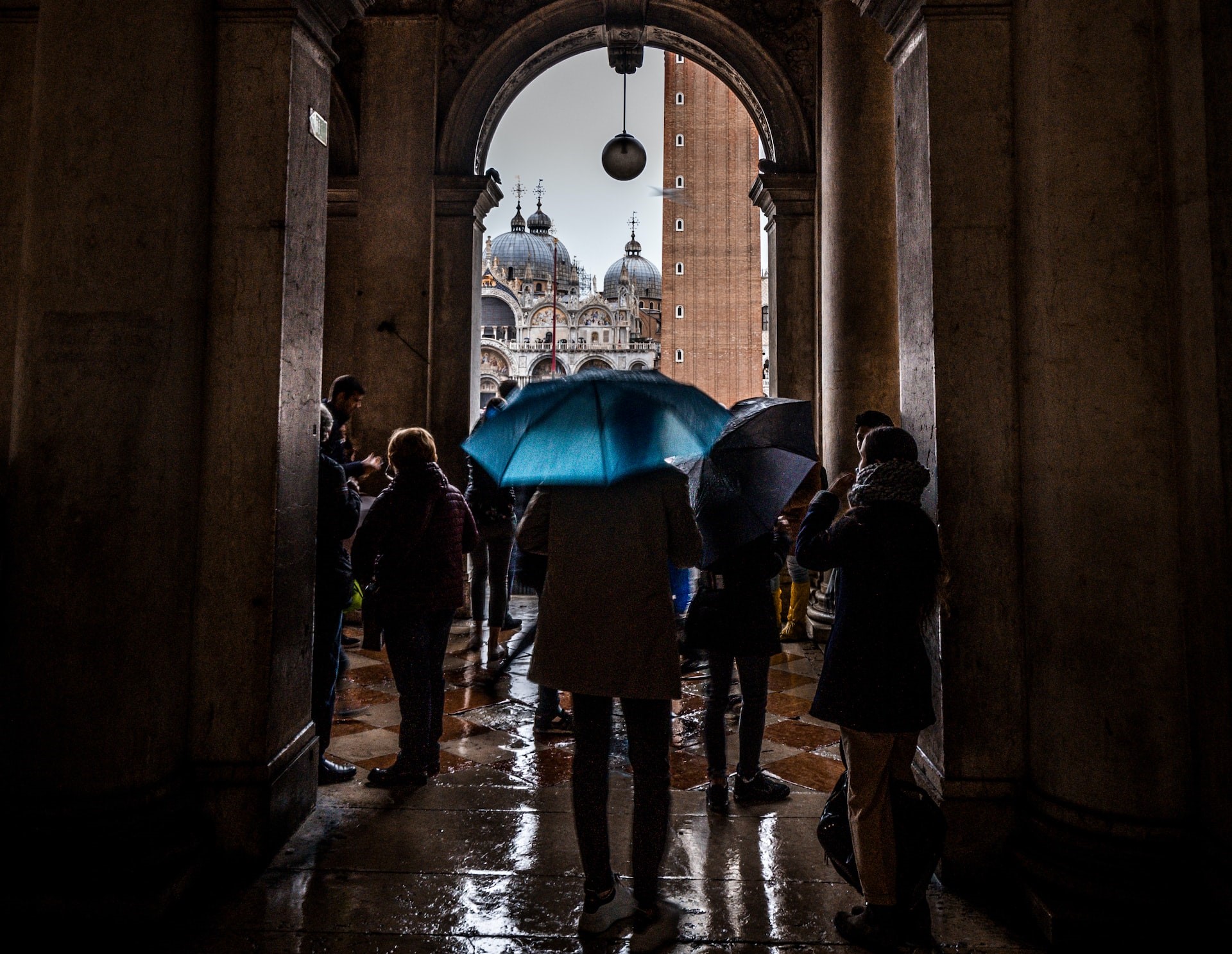



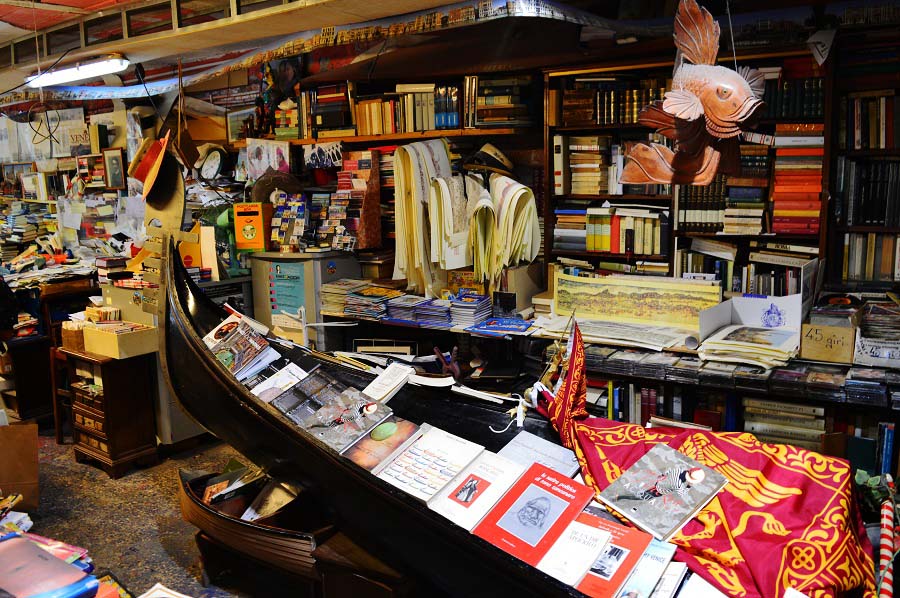

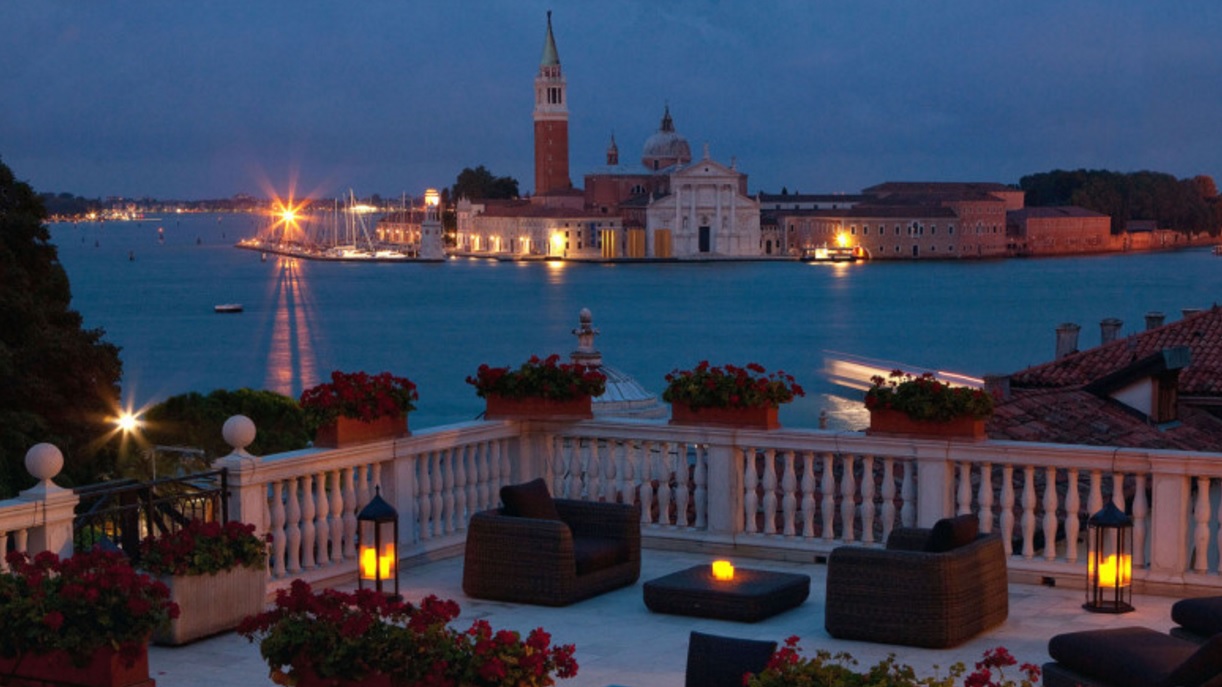



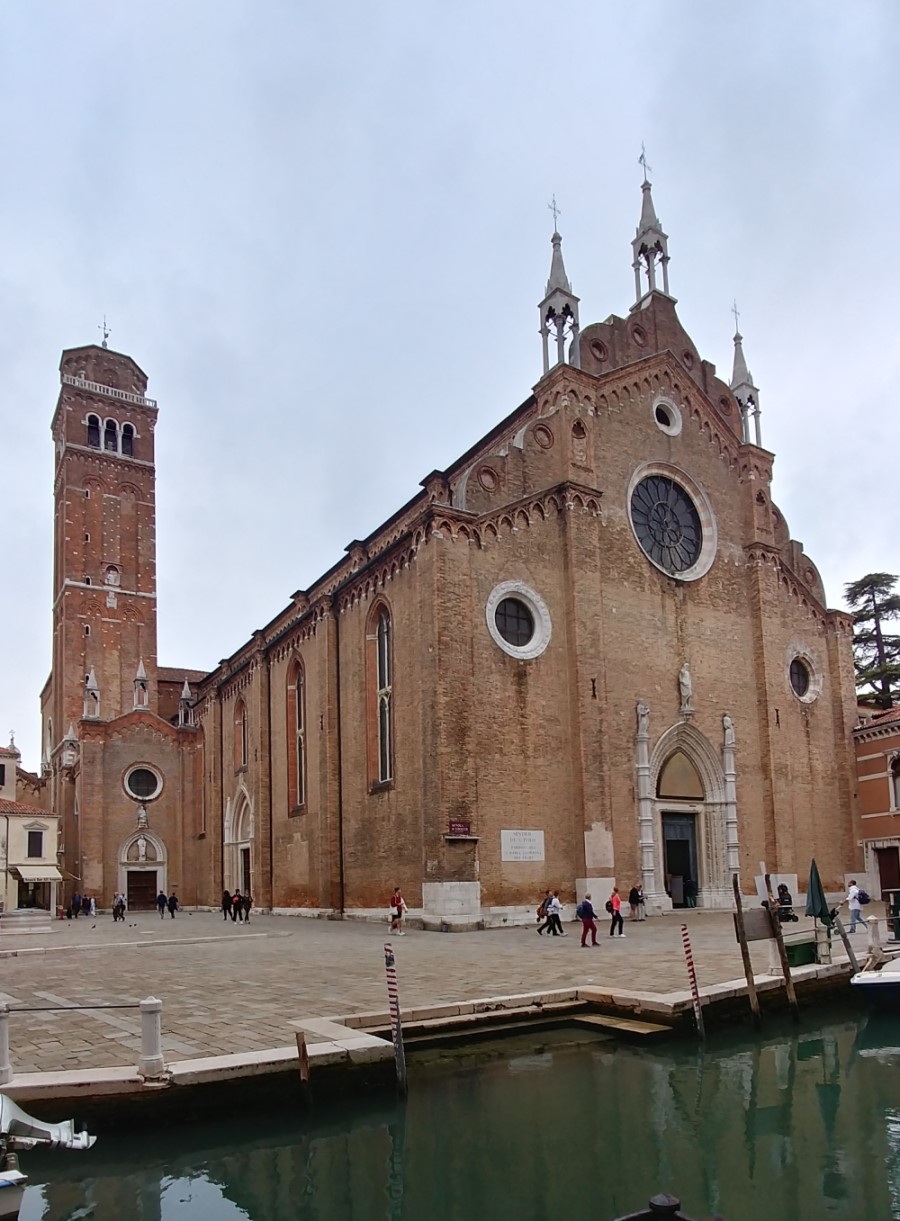
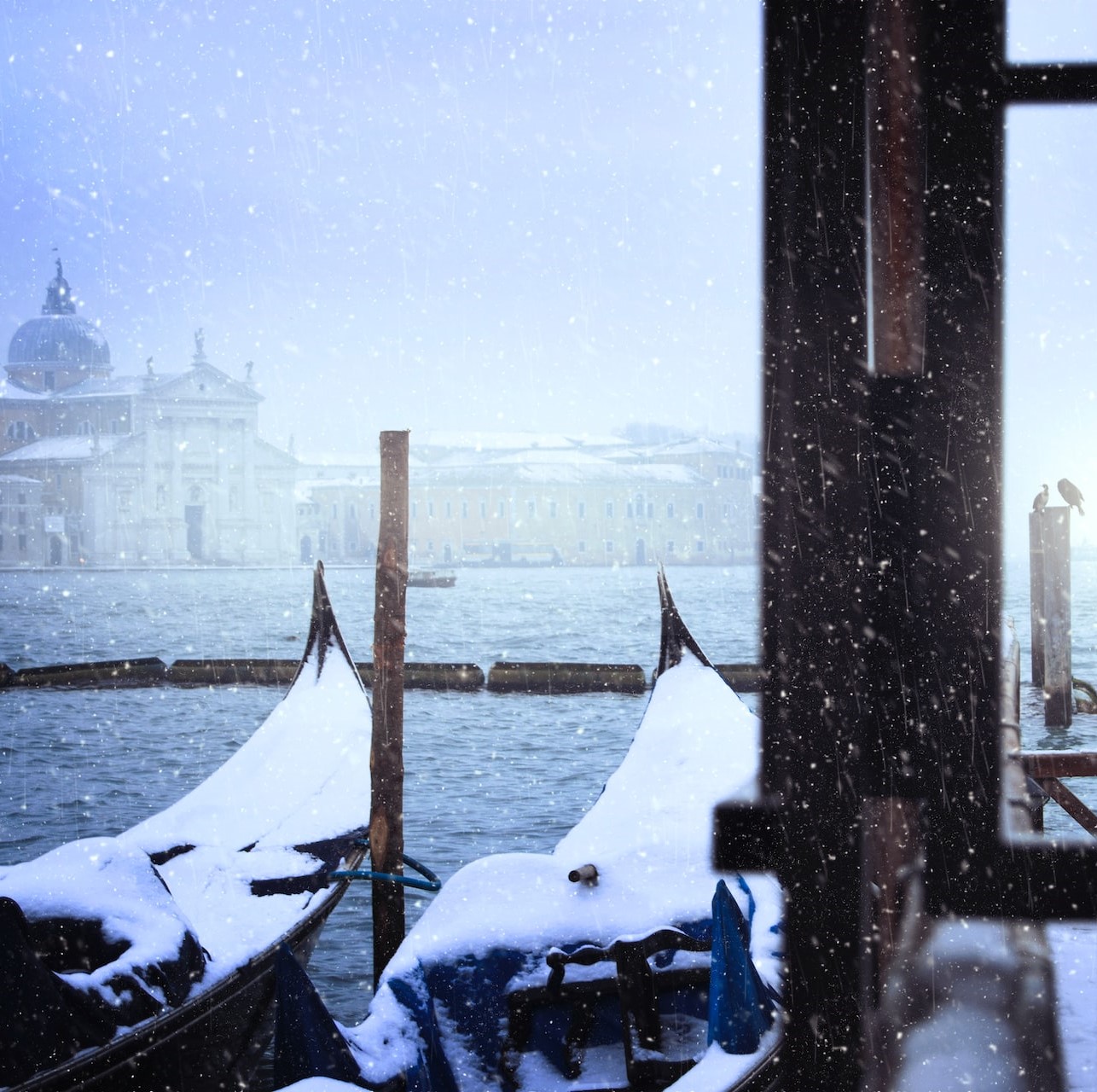
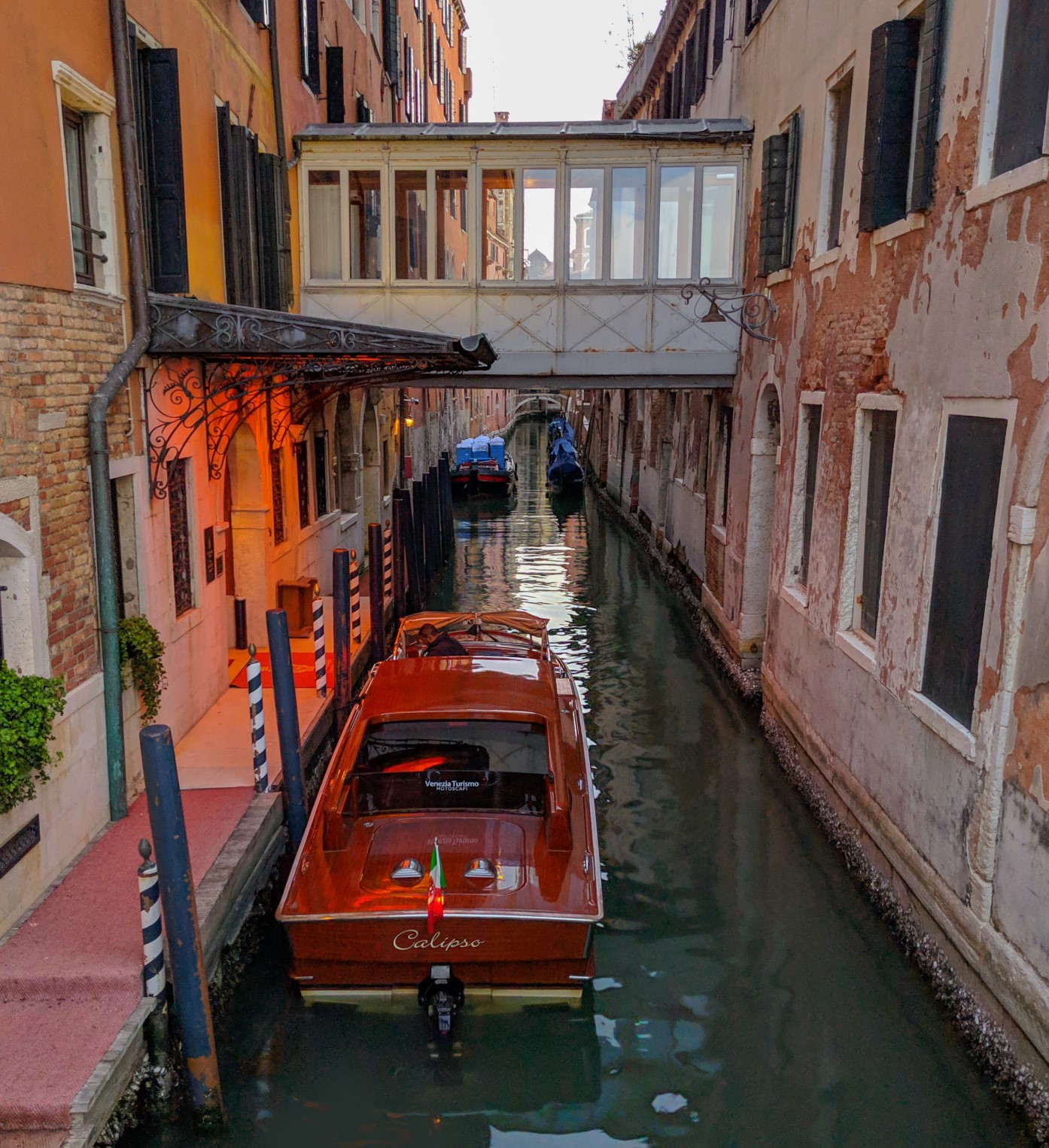



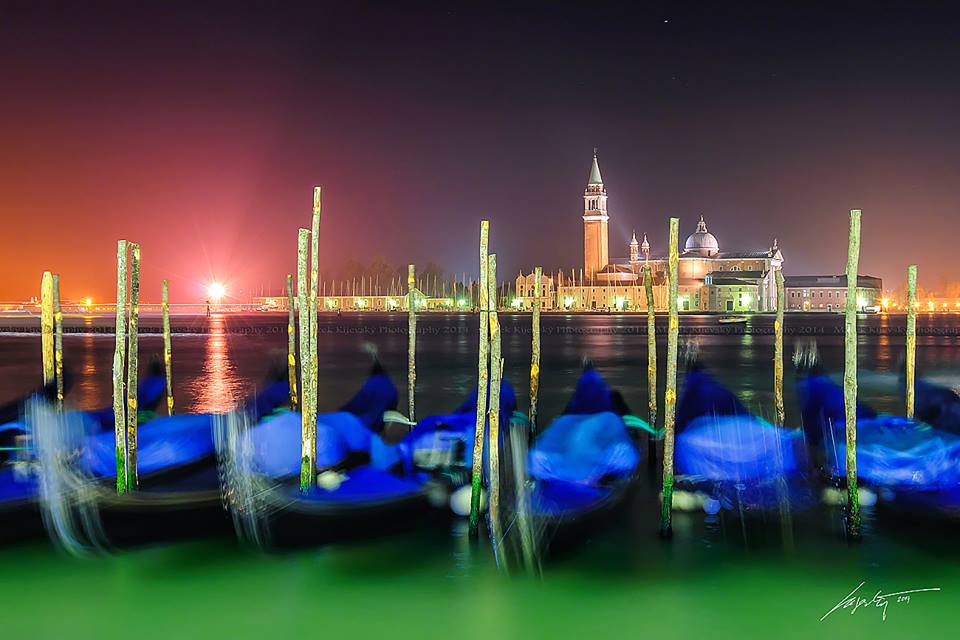





New! Comments
Have your say about what you just read! Leave me a comment in the box below.